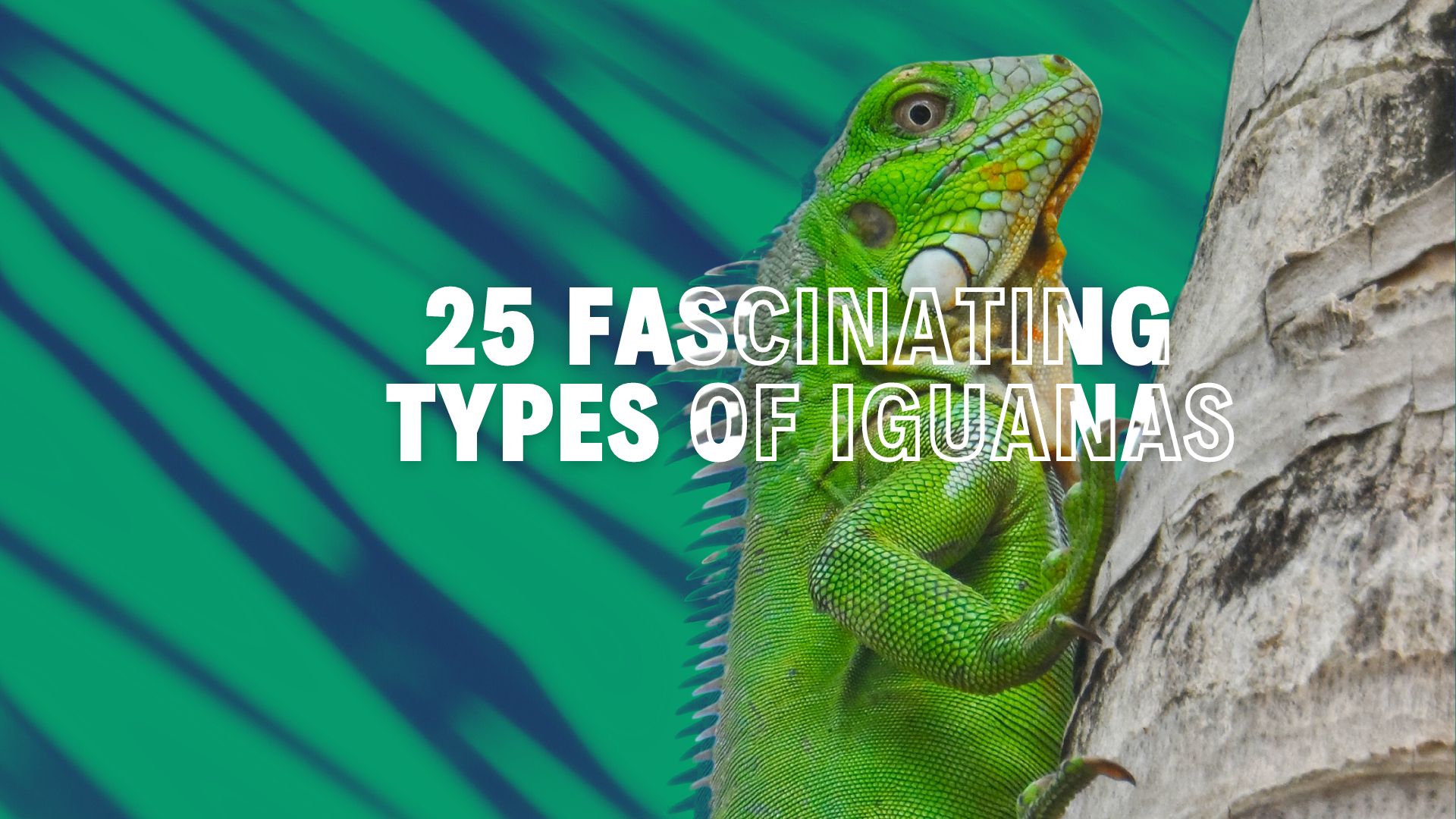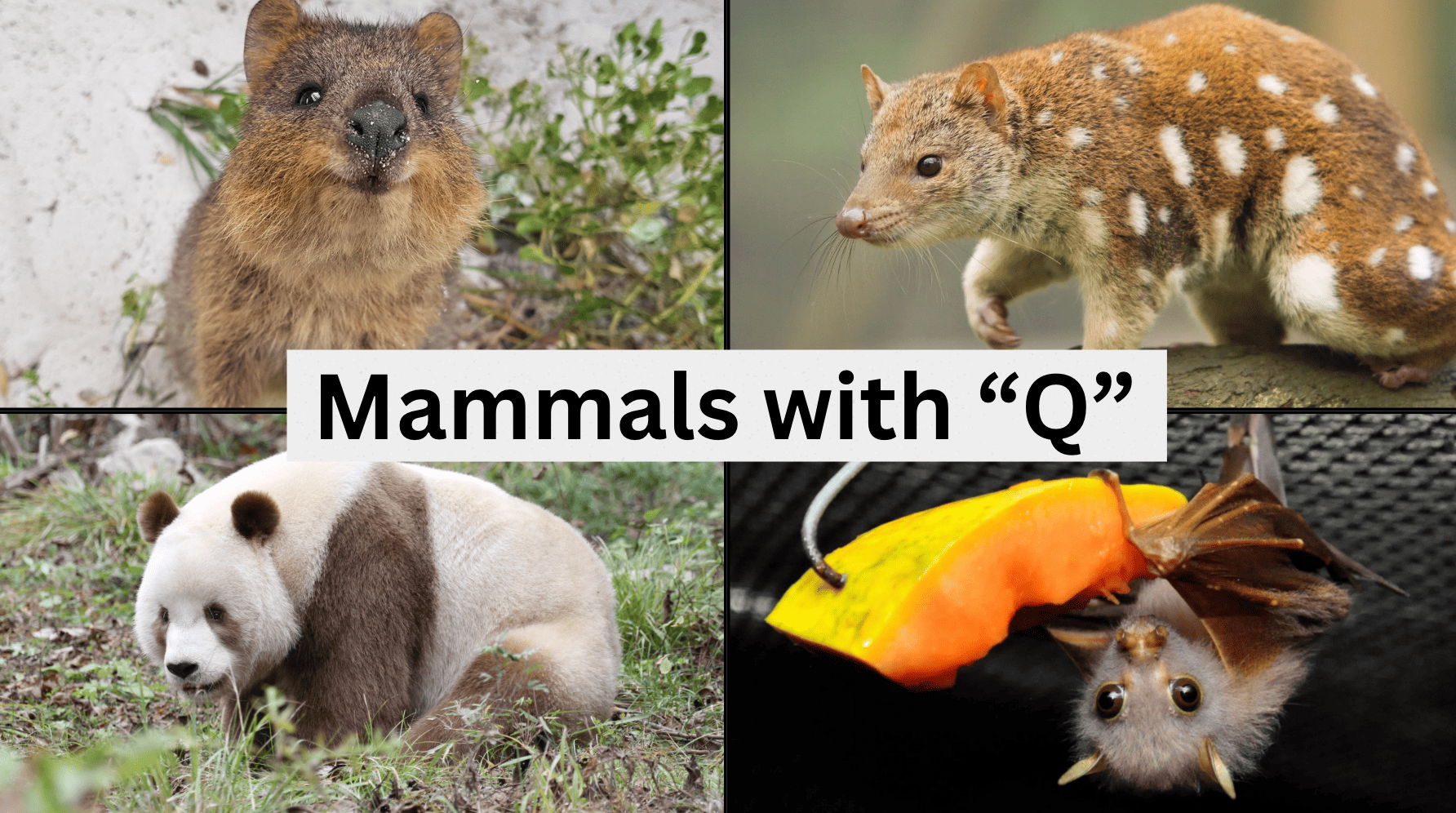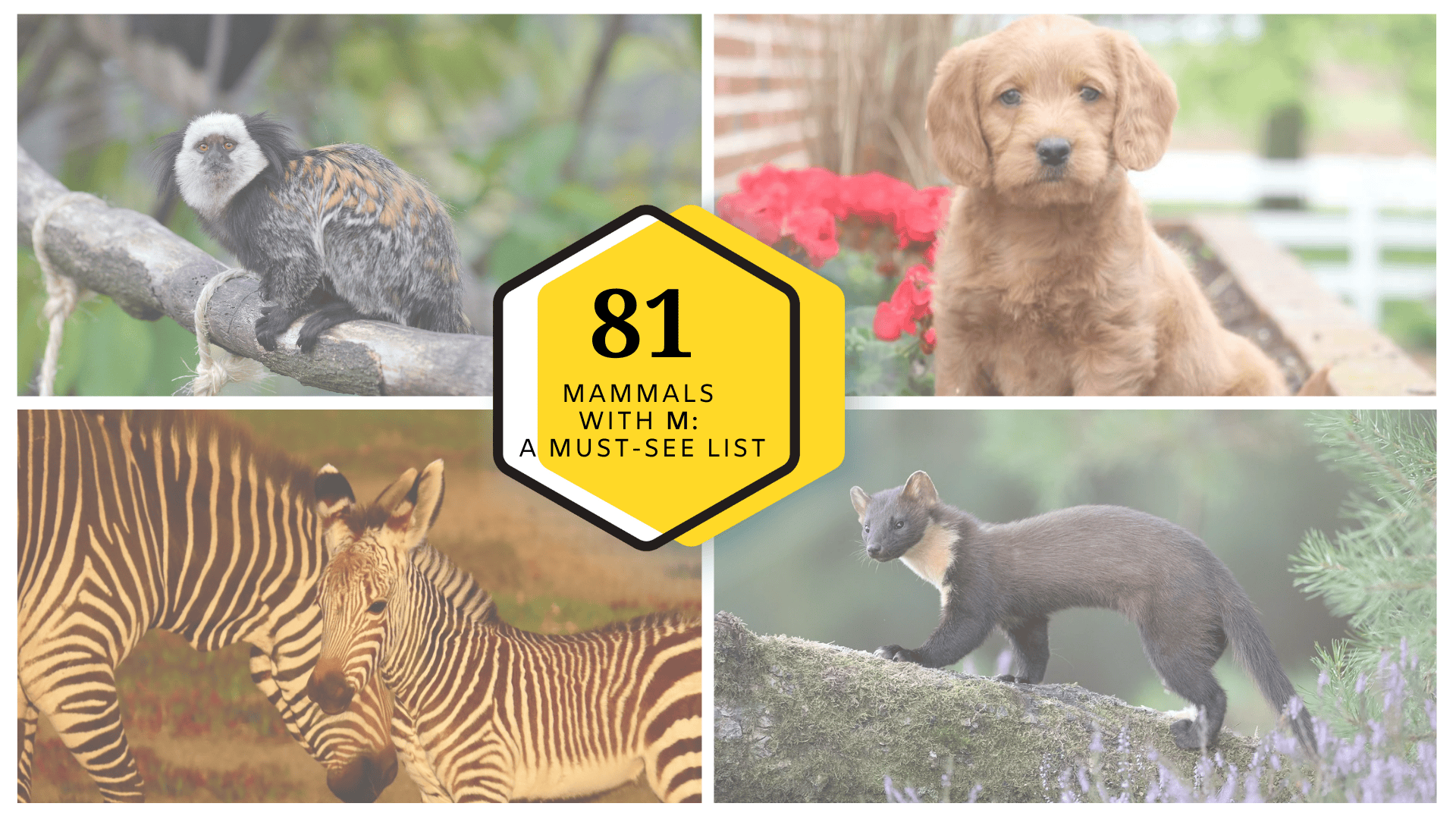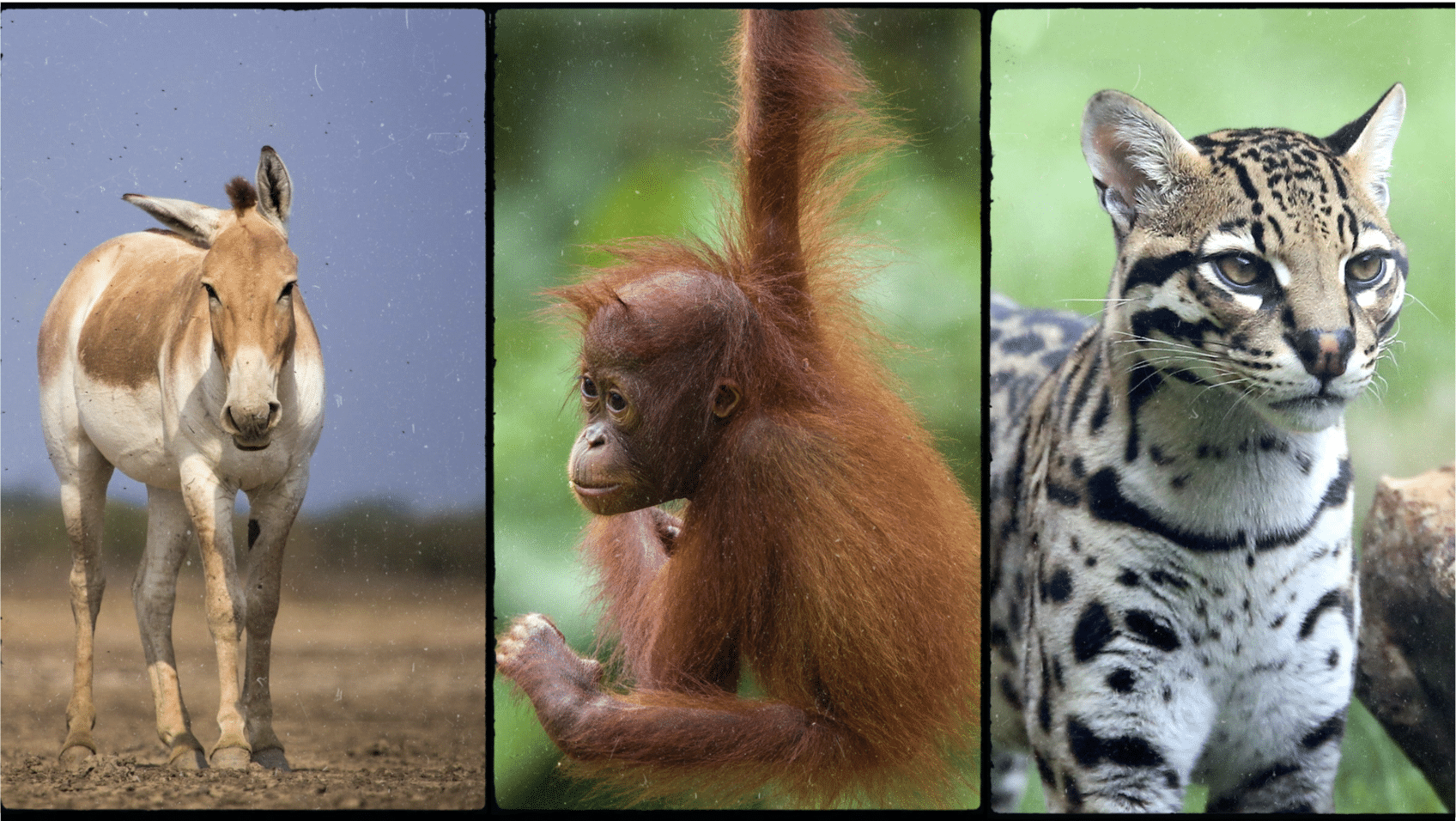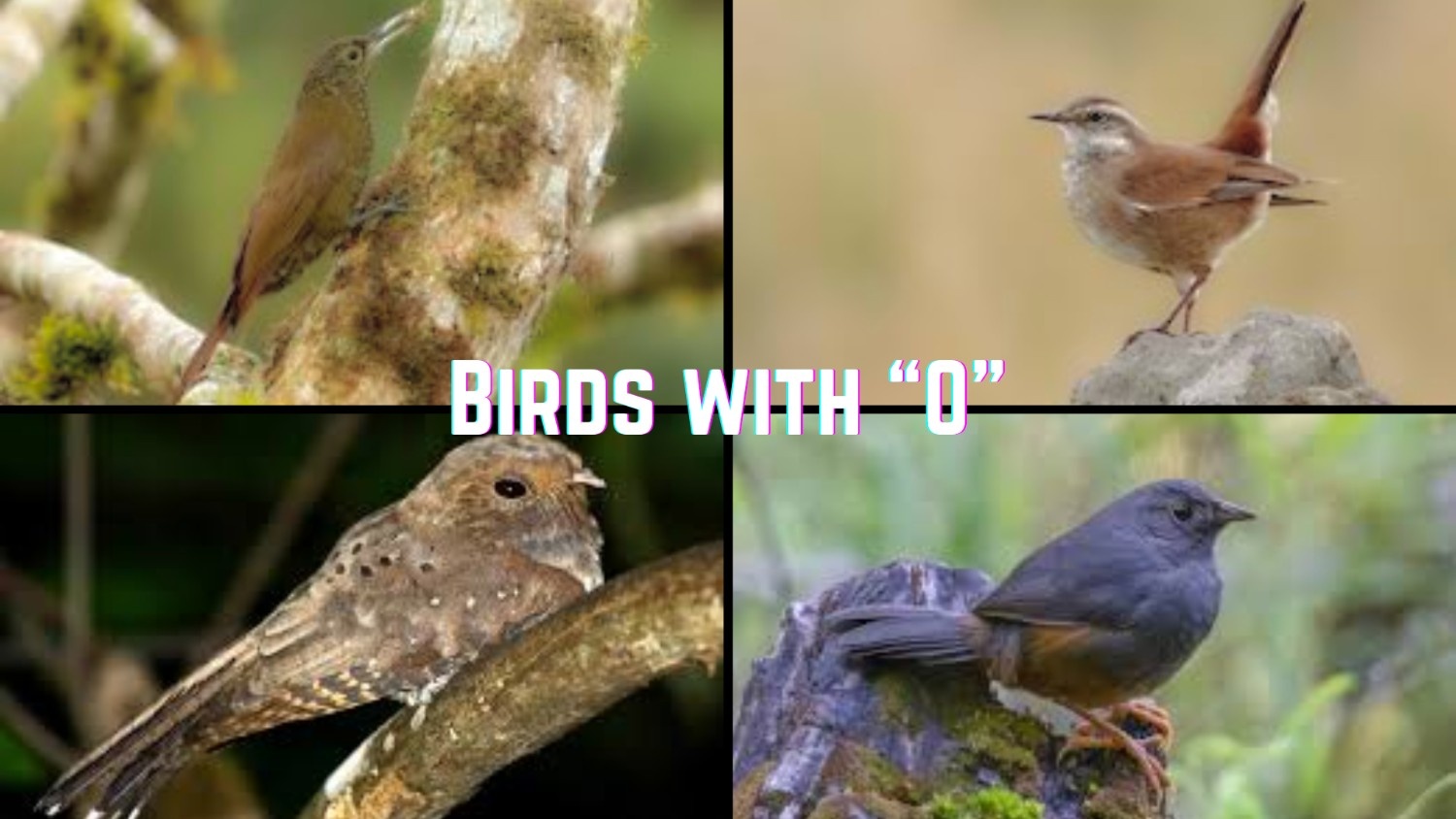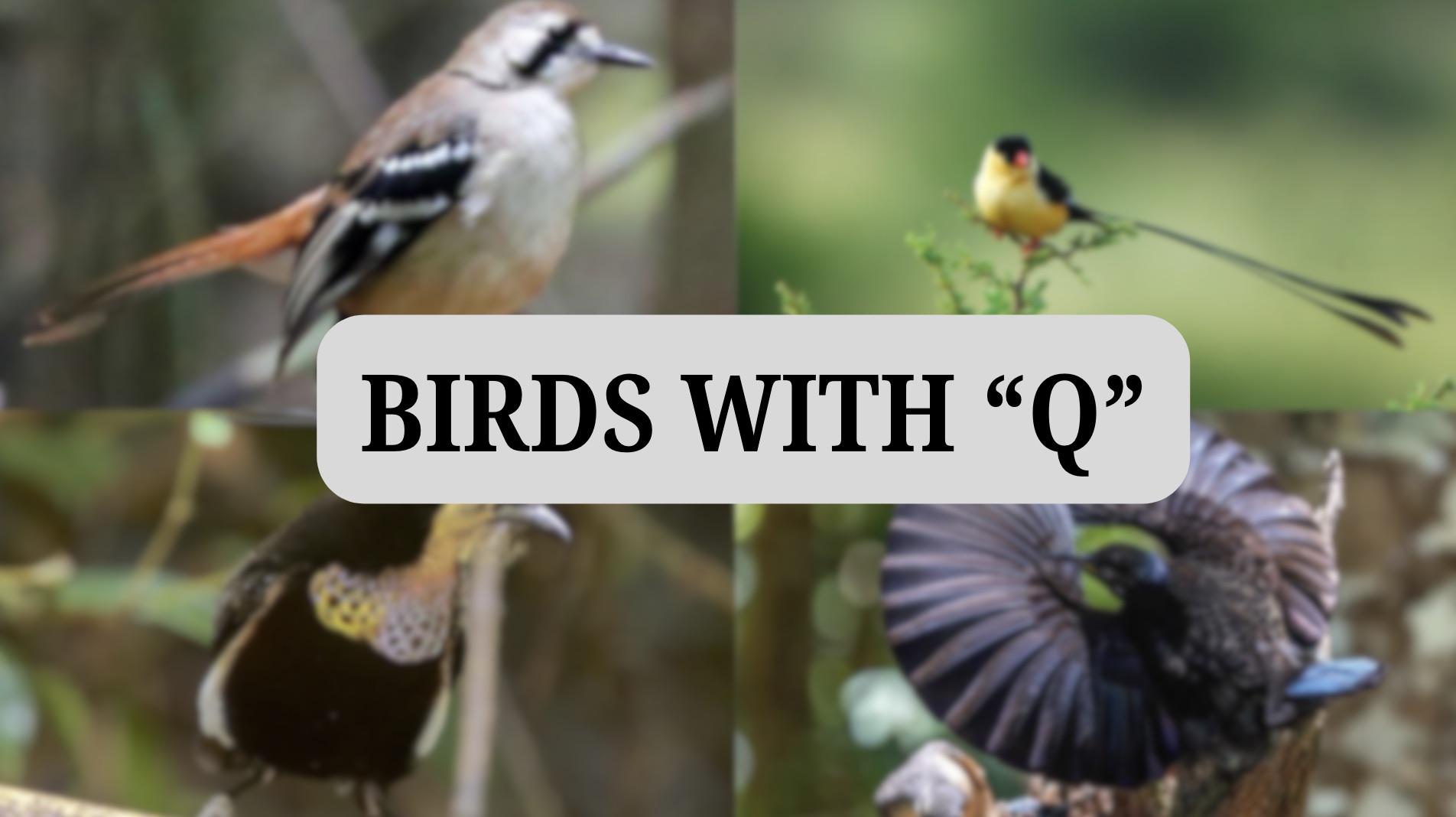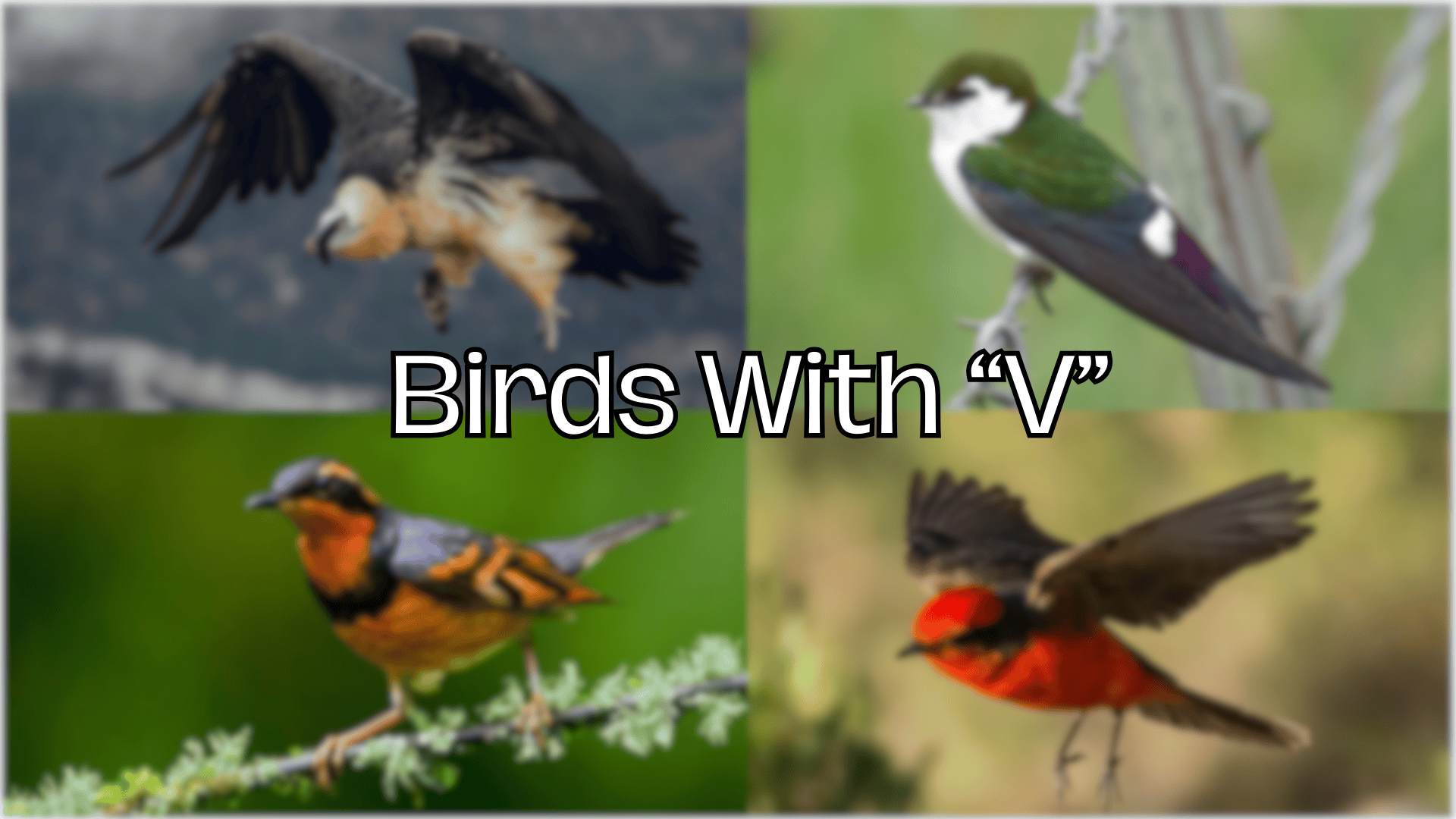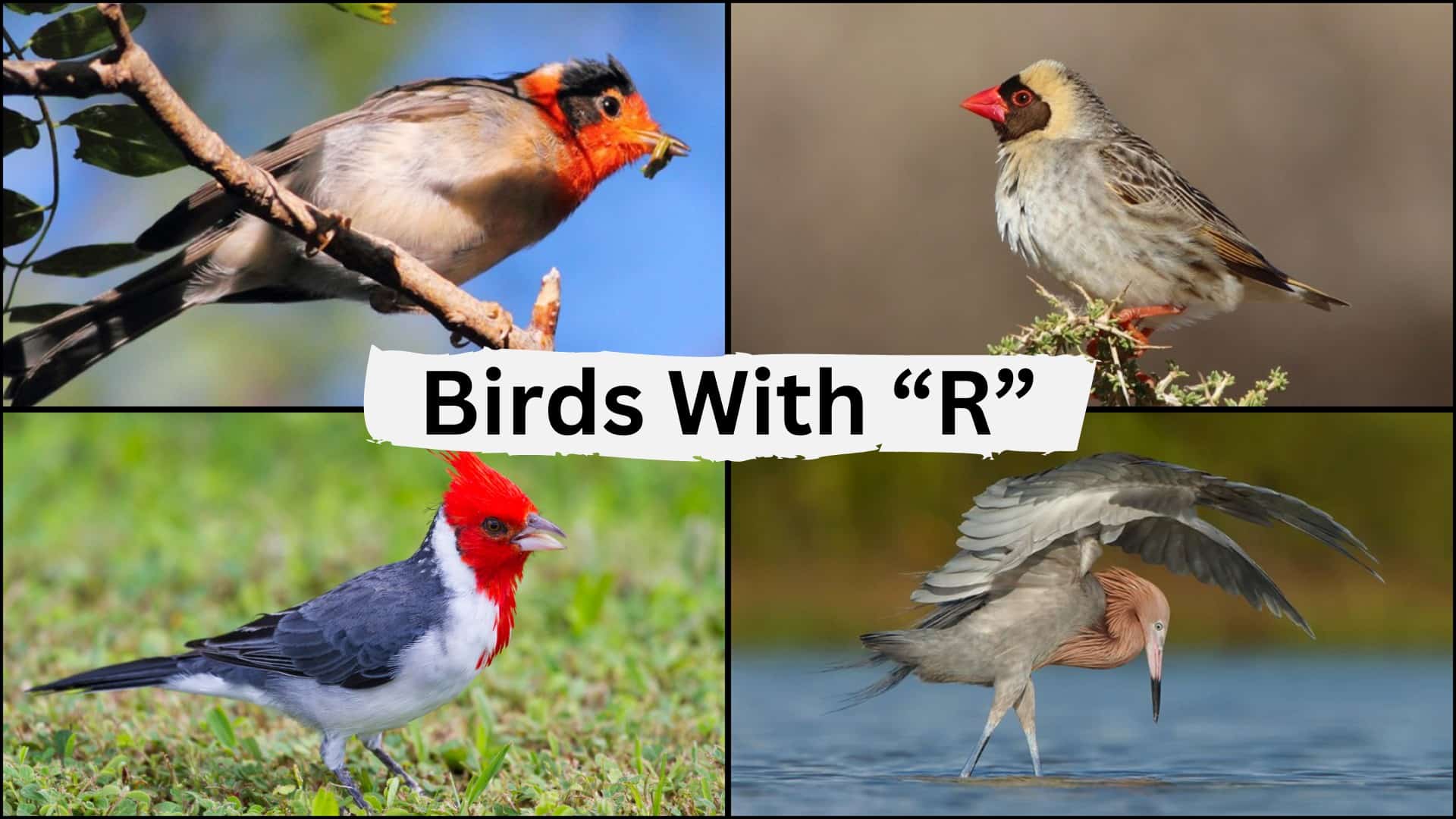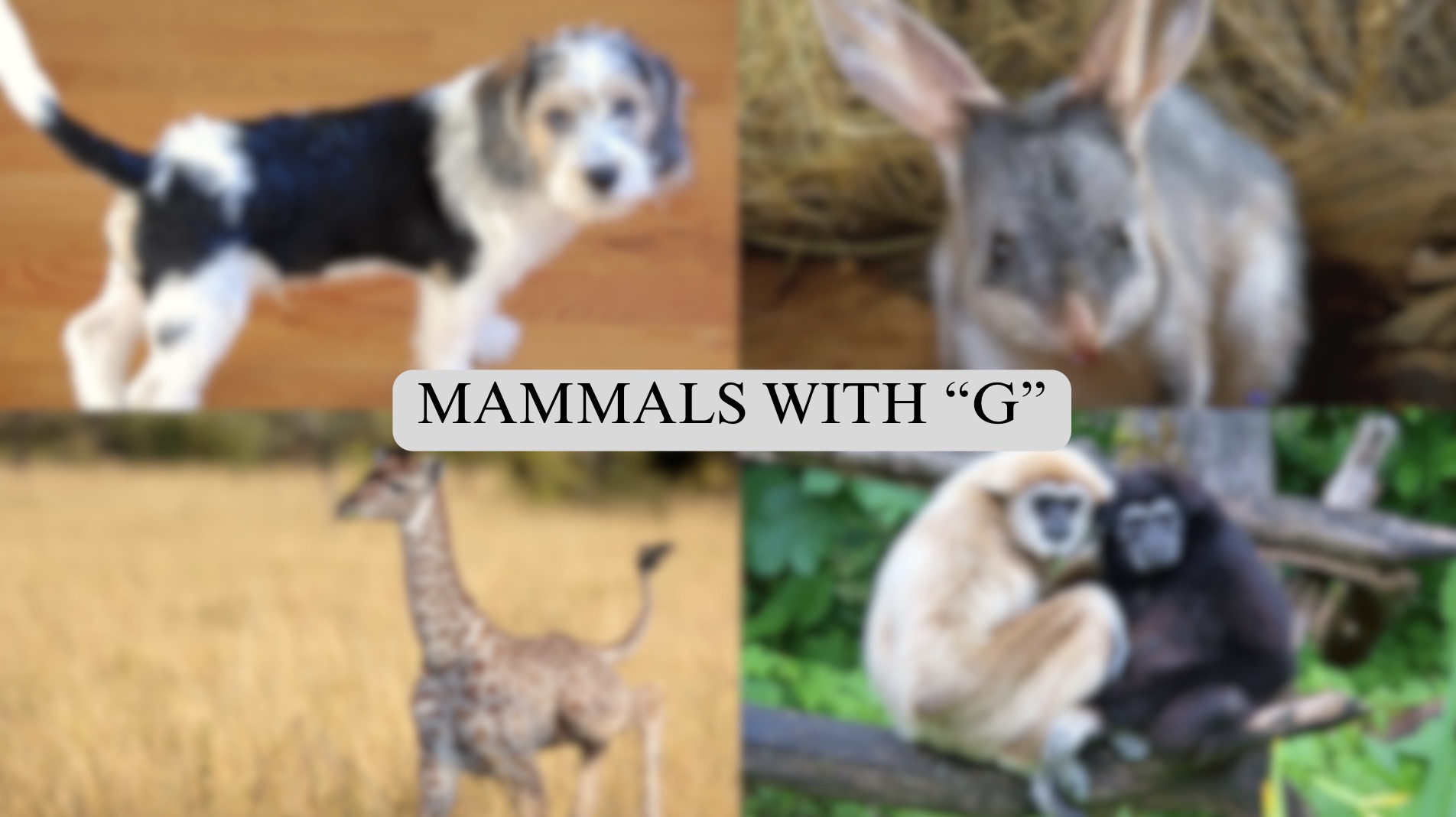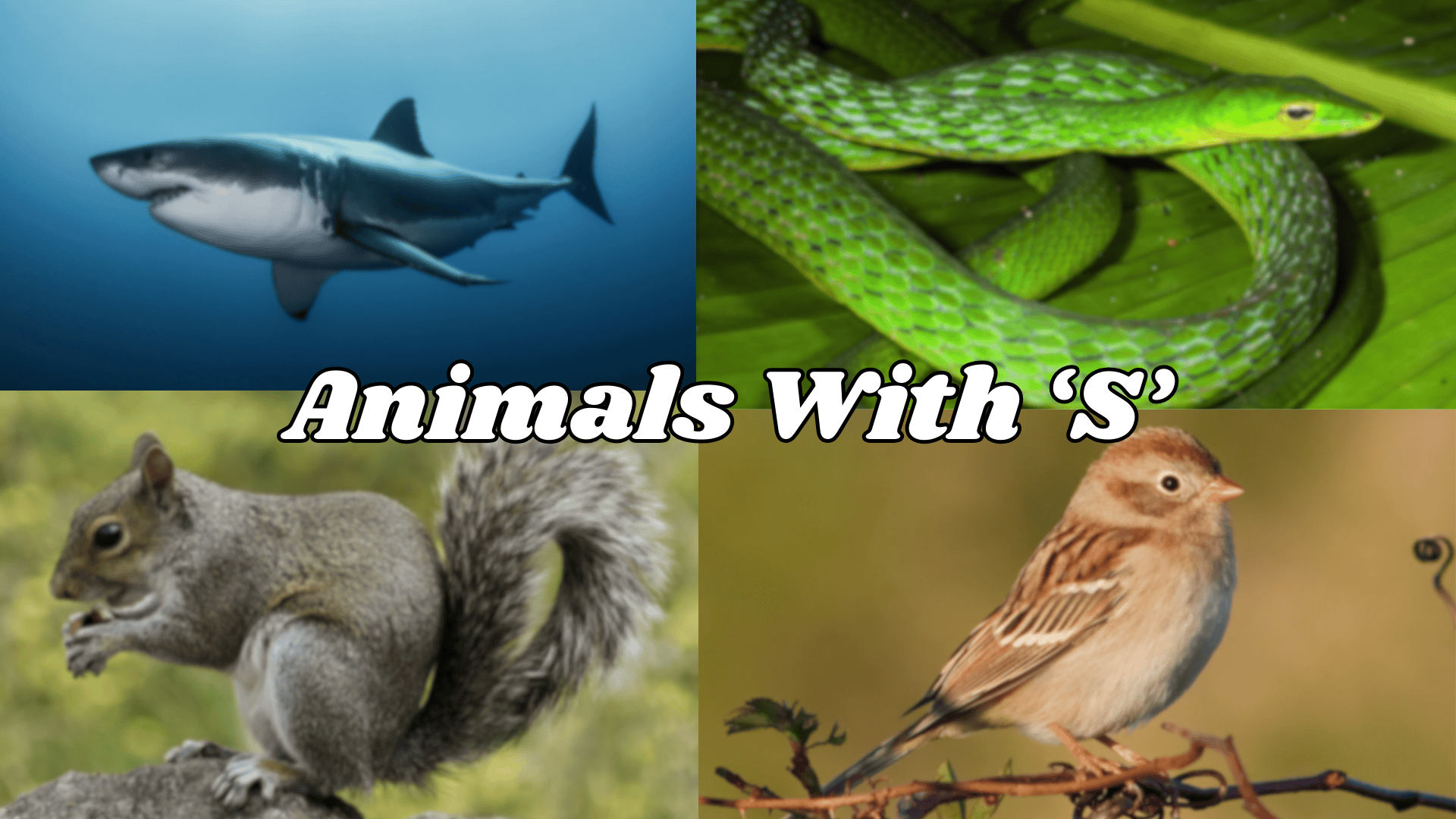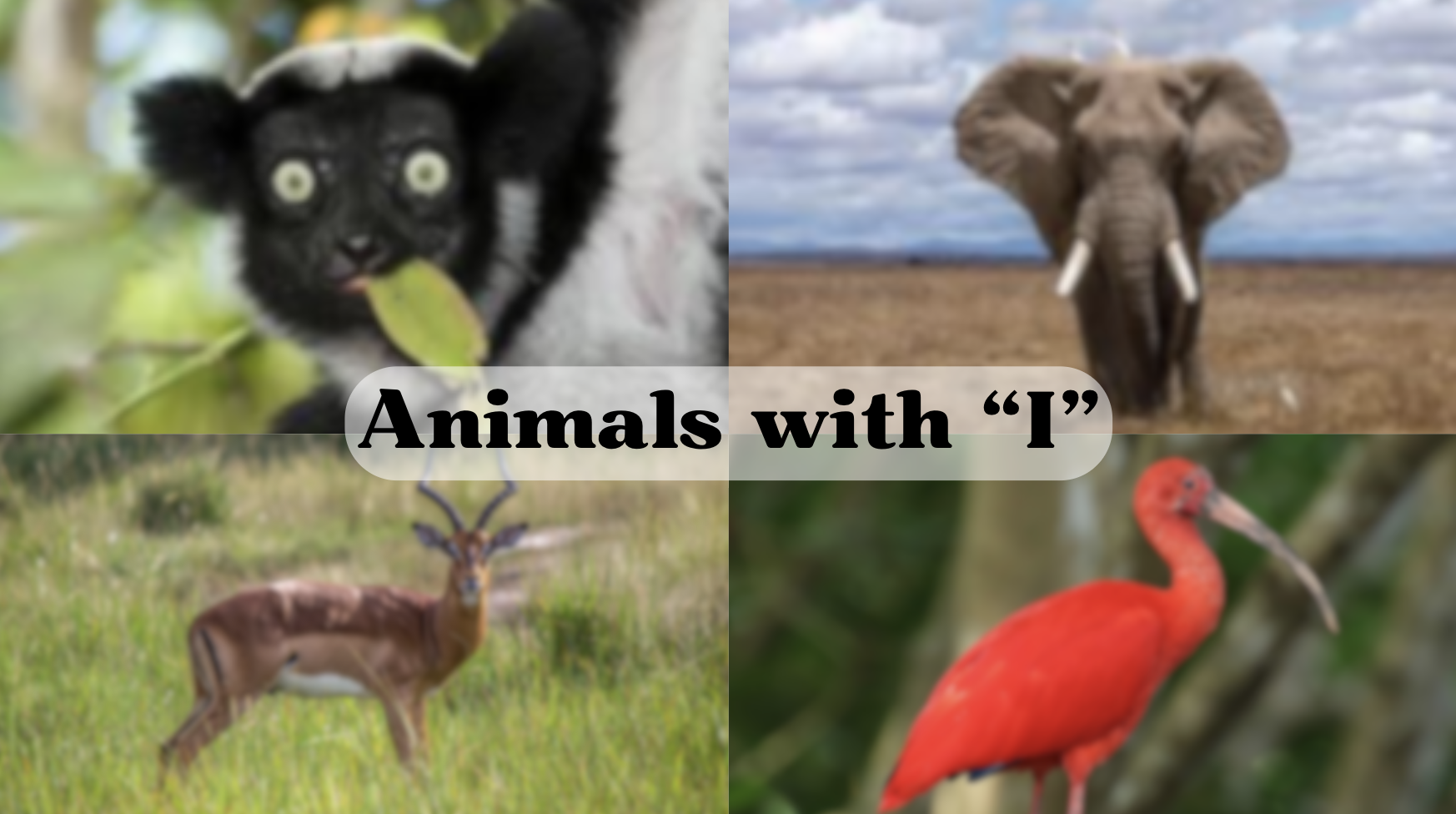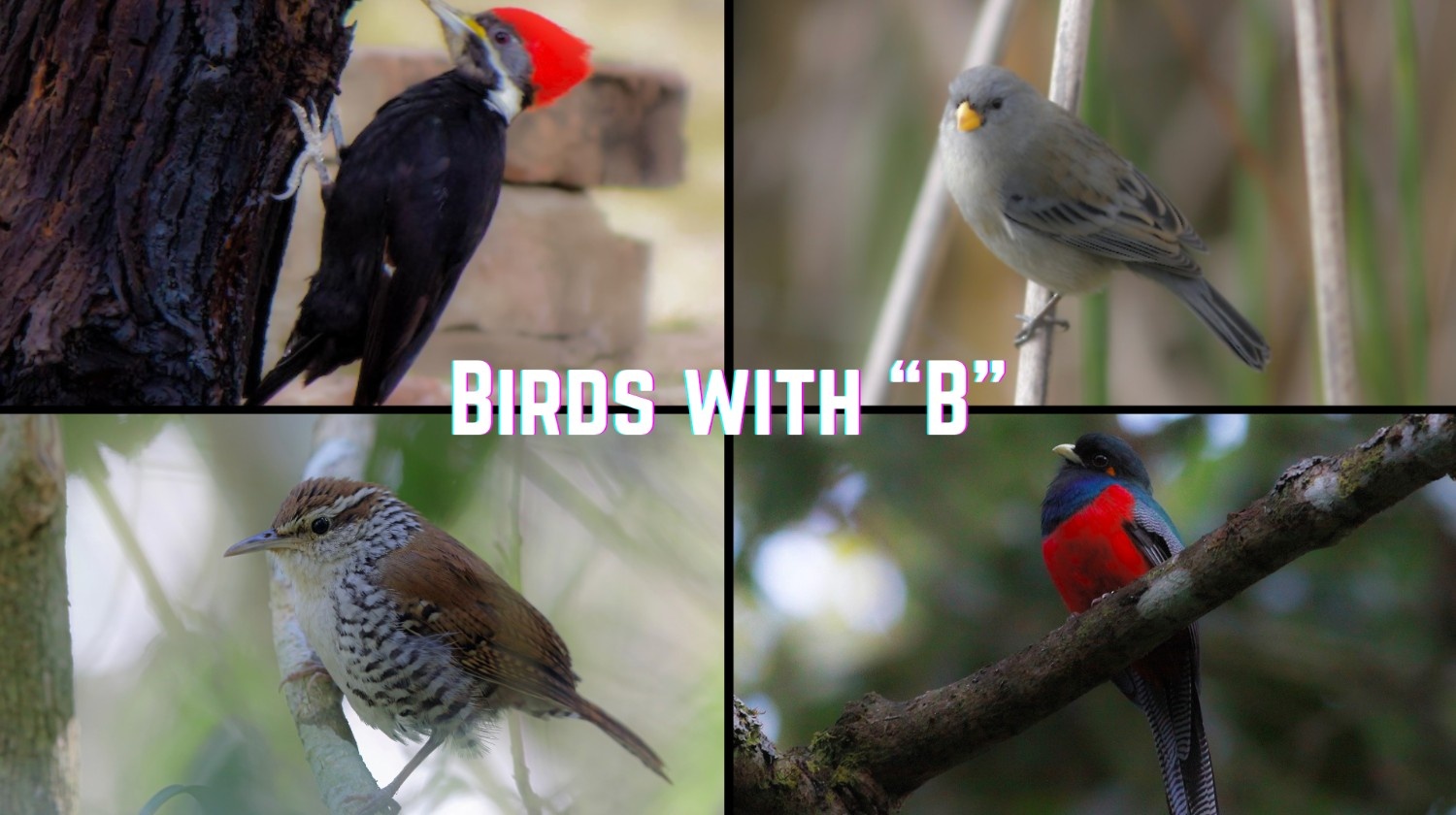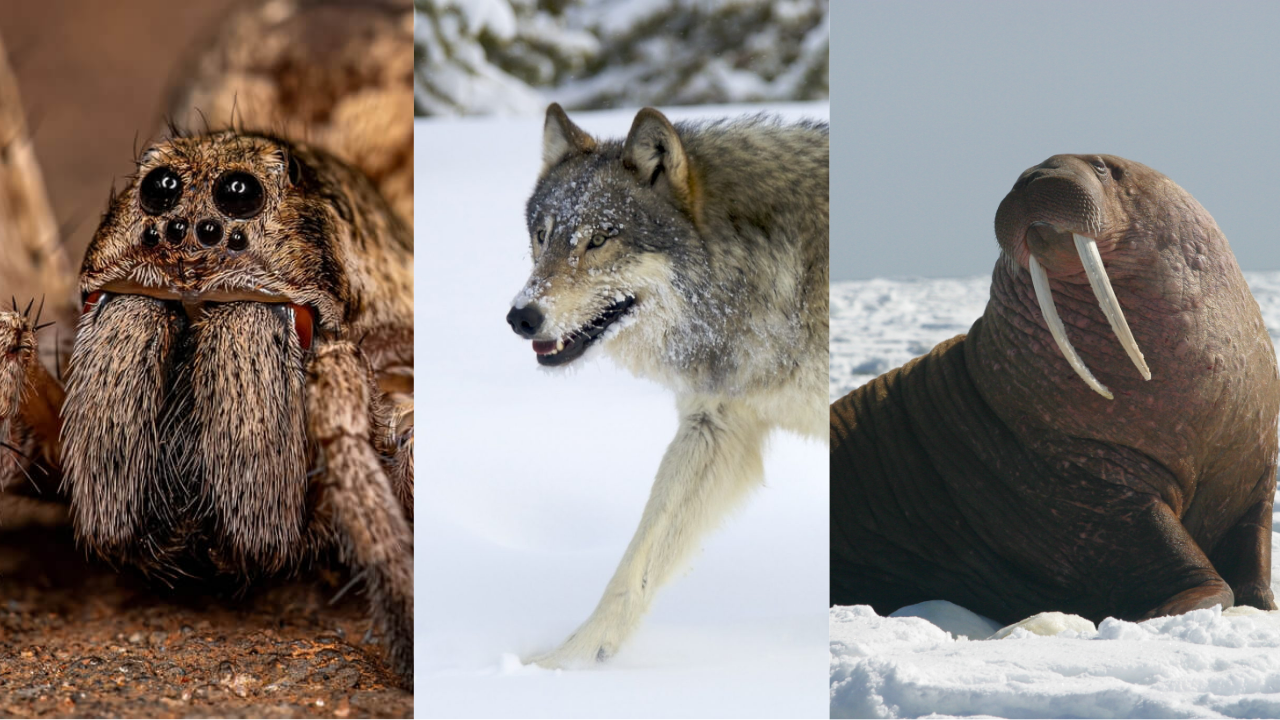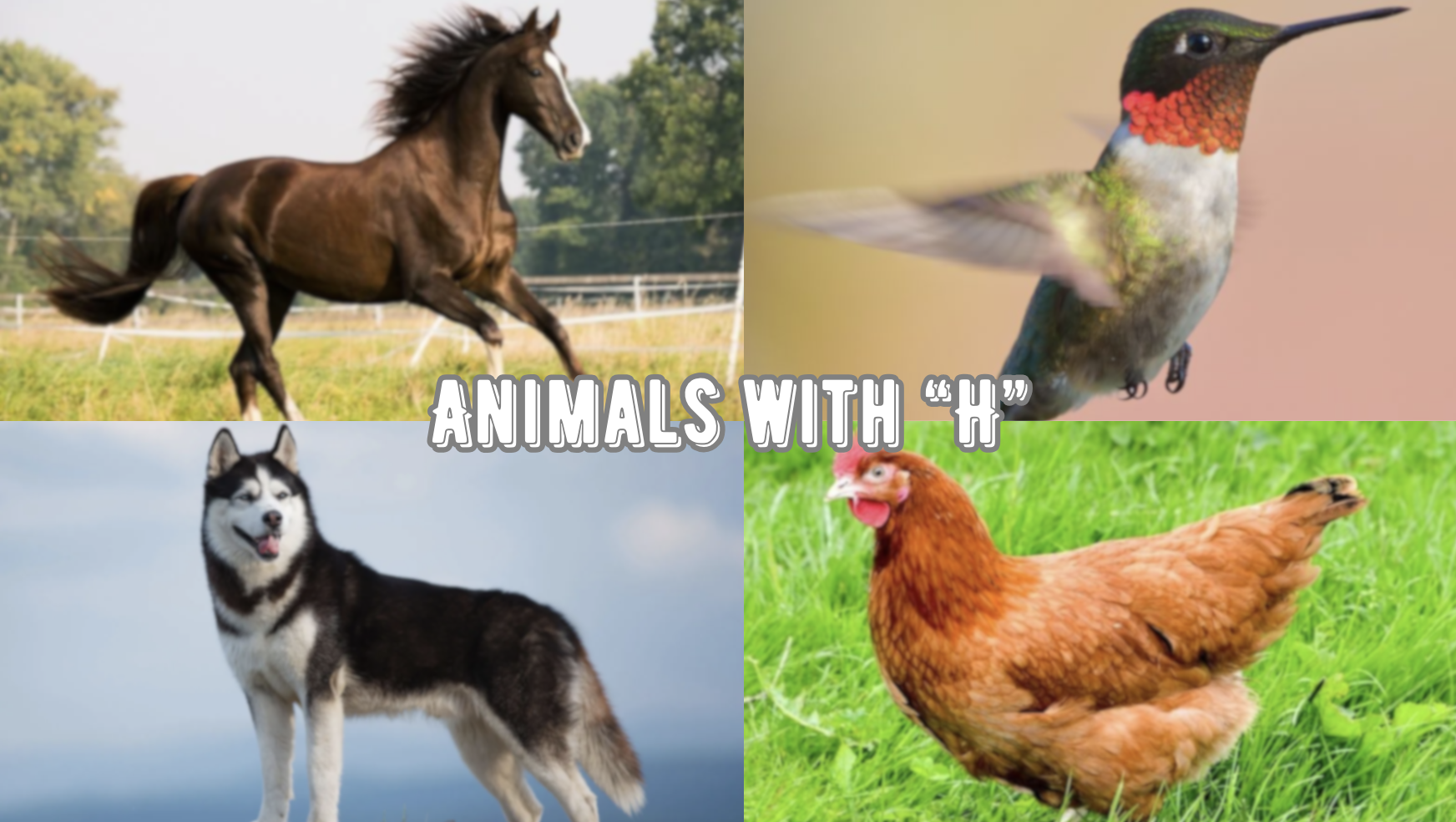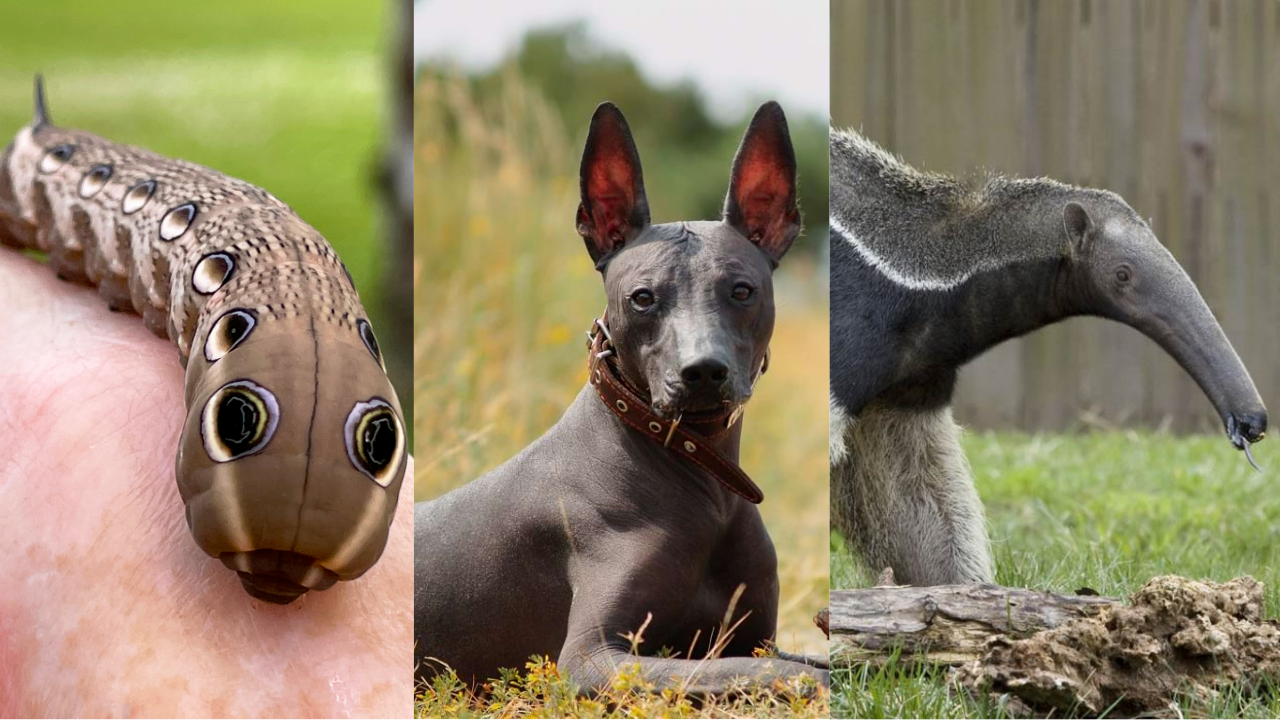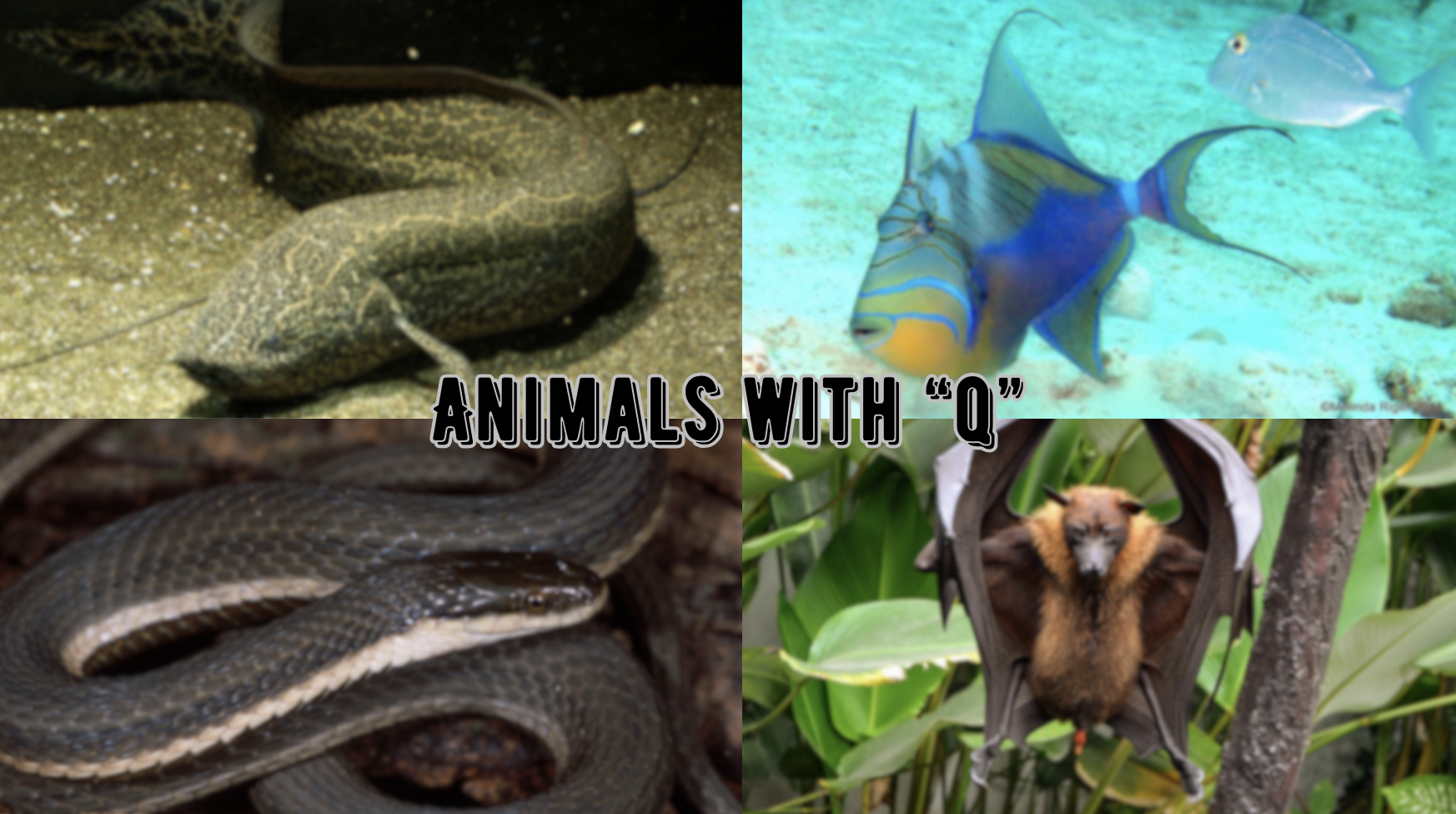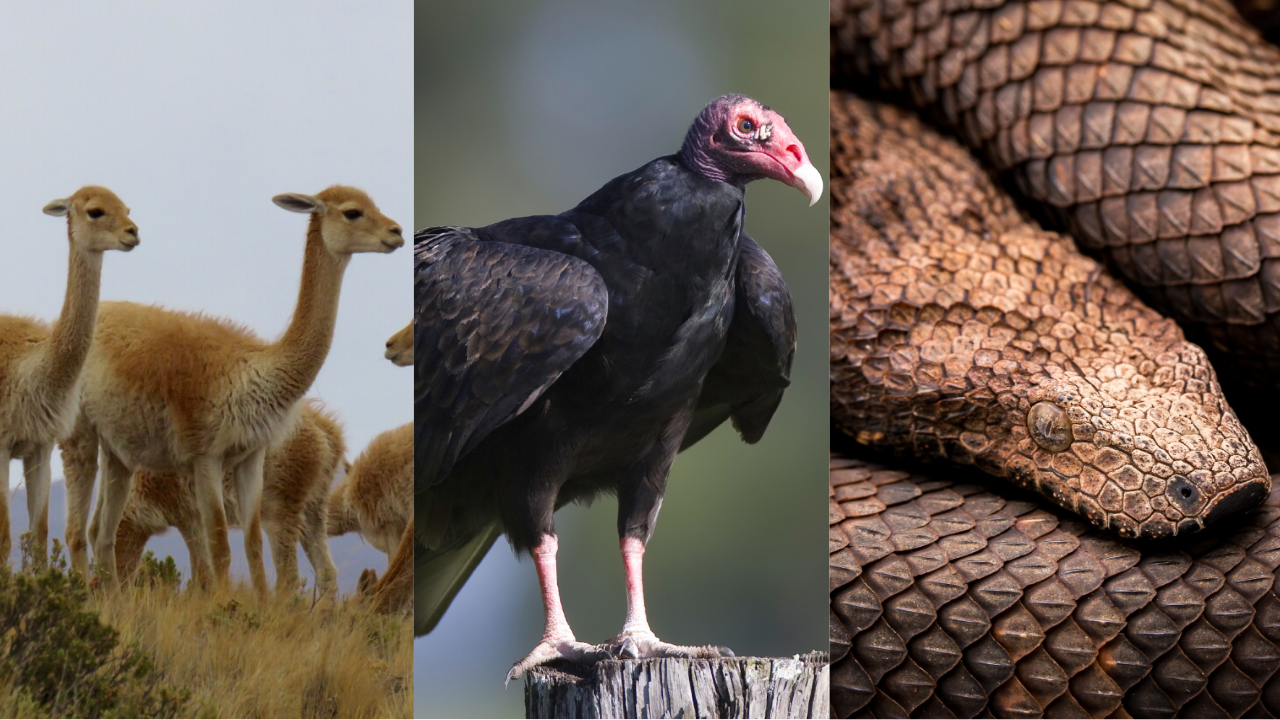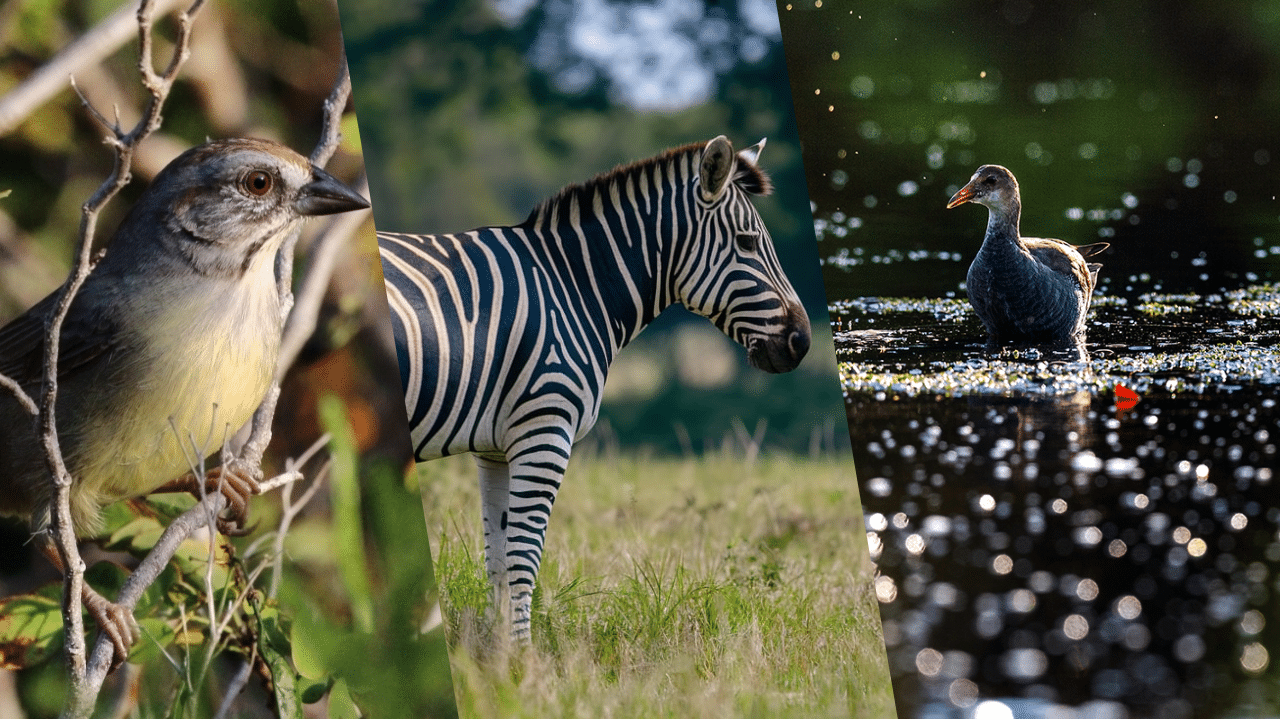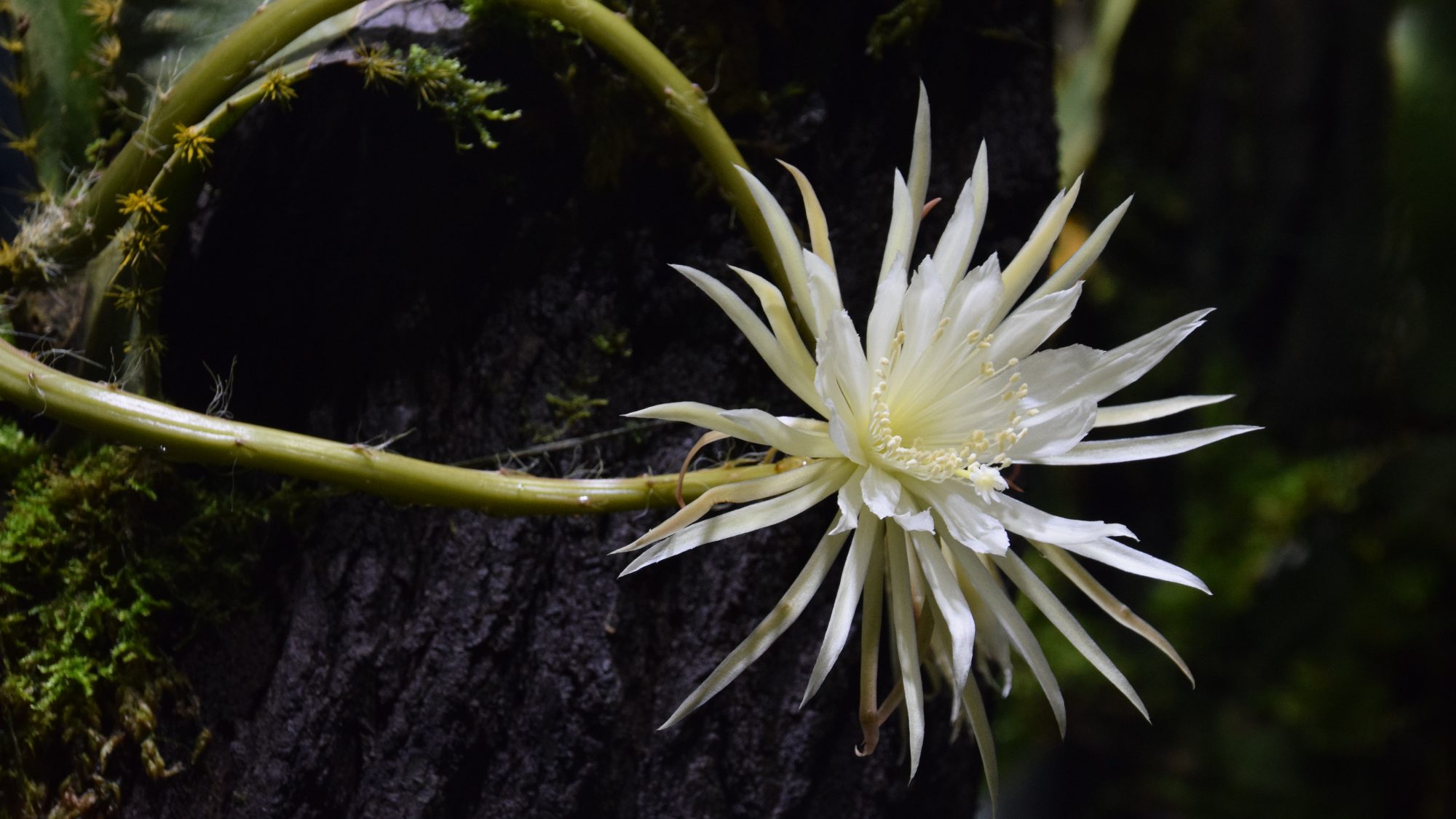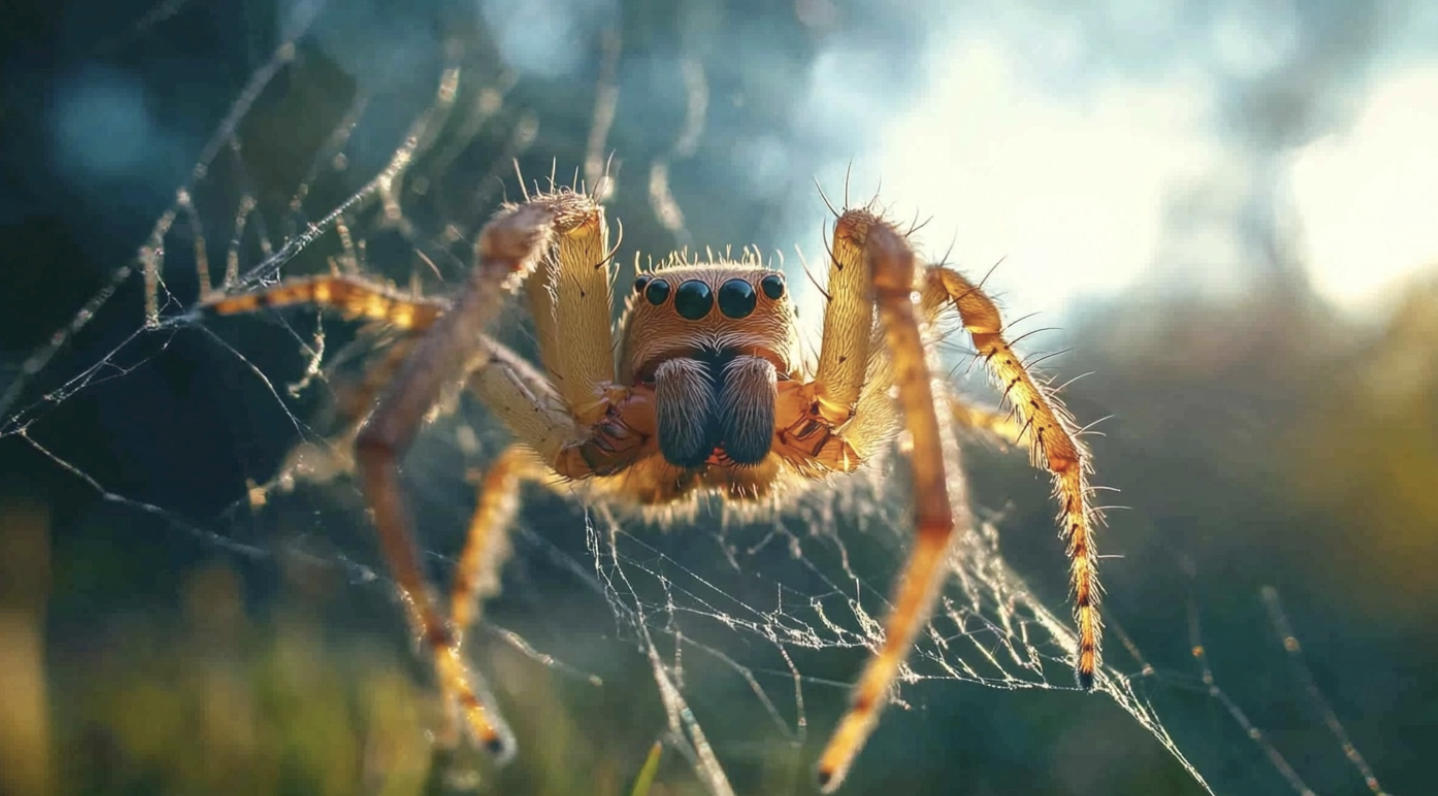From the majestic Takin of the Eastern Himalayas to the tiny Teacup Poodle, mammals whose names begin with “T” represent an astonishing diversity across our planet.
This alphabetical adventure introduces you to 35 T-named species, both wild and domesticated.
You’ll explore mountain-dwelling goat antelopes, intelligent primates, specialized hunters, and beloved pets, each with its own unique adaptations and characteristics.
This resource provides a concise overview of each species’ habitat, scientific classification, feeding habits, and vocalizations.
Meet the Mammals: A Look at T-Named Species
1. Takin
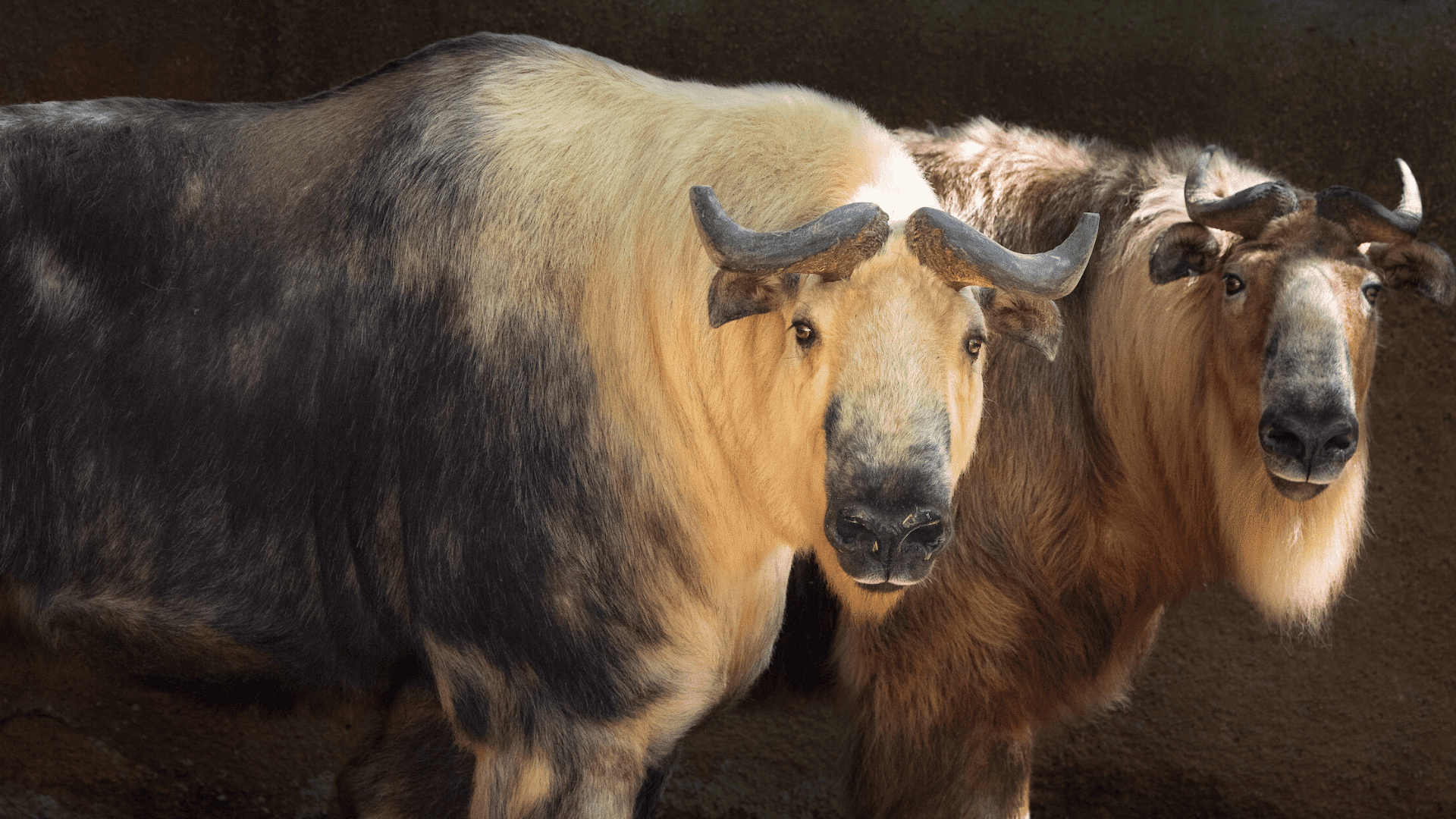
The Takin is a large, muscular goat-antelope with a shaggy golden-yellow to brown coat and a prominent Roman nose. Males can weigh up to 770 pounds and are adapted to rugged mountain terrain.
-
Region of Habitat: Eastern Himalayas; forests and alpine zones in Bhutan, China, India, and Myanmar.
-
Scientific Name: Budorcas taxicolor
-
Feeding Habits: Herbivorous; eats grasses, leaves, bamboo, and shrubs.
-
What Sound They Make: They emit loud coughs and grunts to communicate or signal an alarm.
Fun Facts:
Takin secrete an oily, smelly substance that helps waterproof their coats in rainy mountain climates. They are Bhutan’s national animal.
2. Tamandua
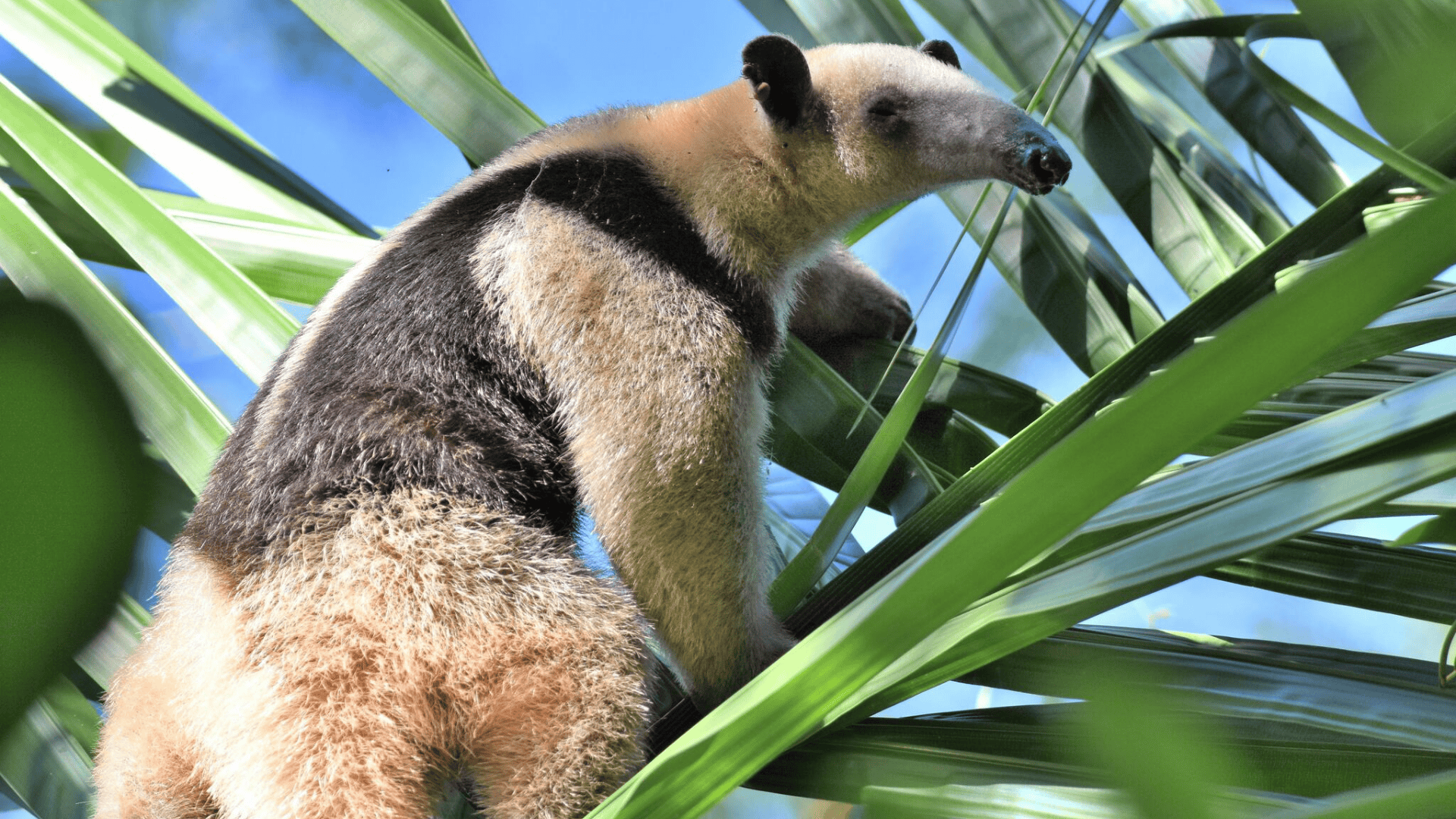
The Tamandua is a small anteater with a long snout, prehensile tail, and coarse fur marked with a black “vest.” It measures around 21–35 inches long, not including its tail.
-
Region of Habitat: Central and South America; rainforests, savannas, and dry forests.
-
Scientific Name: Tamandua tetradactyla
-
Feeding Habits: Primarily insectivorous; feeds on ants and termites using a long sticky tongue.
-
What Sound They Make: Generally silent, though it may hiss or snort when threatened.
Fun Facts:
Tamanduas use their strong claws to tear open insect nests and defend against predators. They can rotate their forearms for powerful swipes.
3. Tamarin
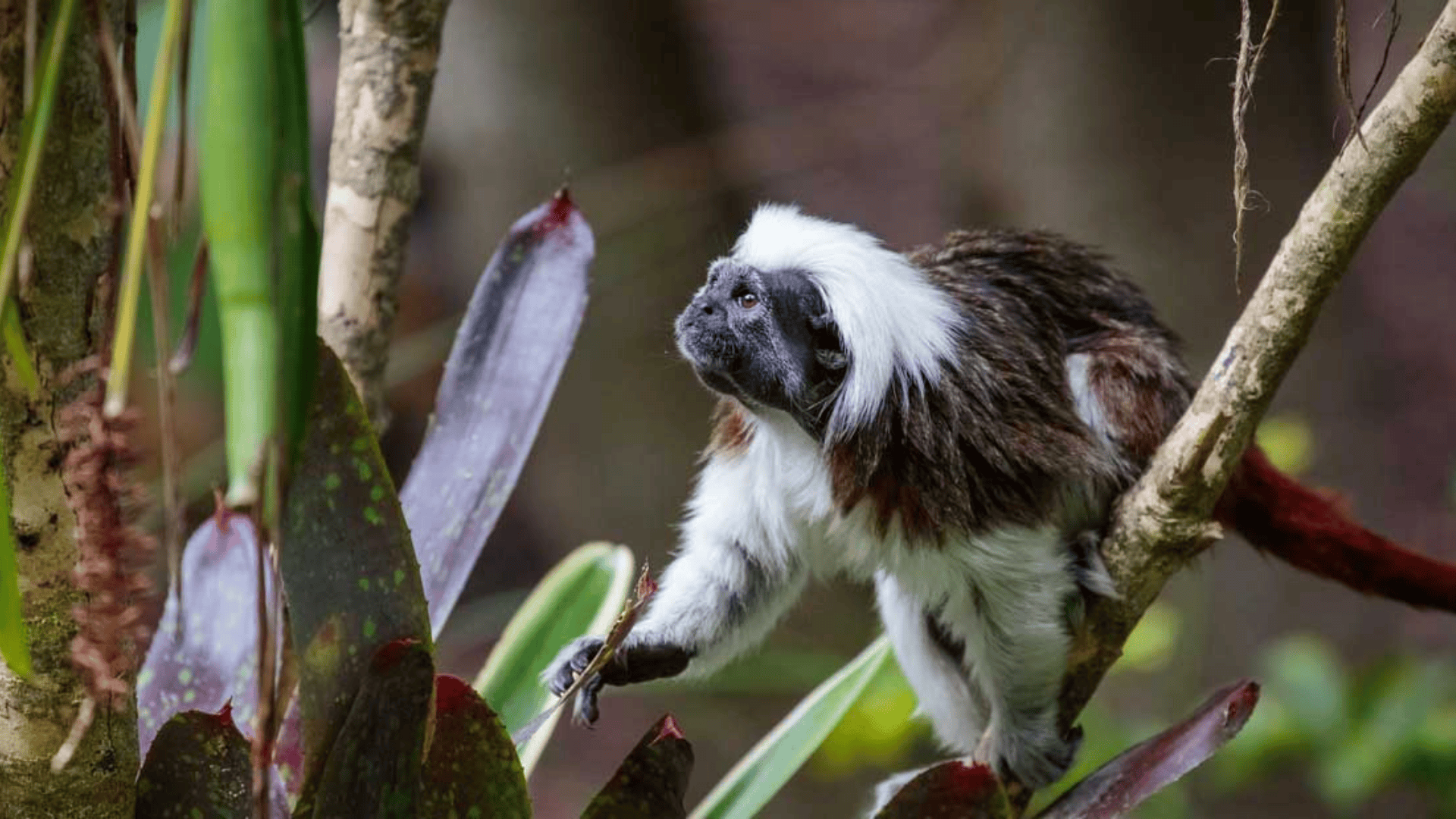
Tamarins are small, squirrel-sized primates with expressive faces. They often sport mustaches or manes and range from 5 to 11 inches in body length.
-
Region of Habitat: Central and South America; tropical rainforests.
-
Scientific Name: Saguinus spp.
-
Feeding Habits: Omnivorous; eats fruits, insects, nectar, and small animals.
-
What Sound They Make: High-pitched trills, whistles, and squeaks used for social communication.
Fun Facts:
Tamarins are cooperative breeders—twins are common, and siblings help care for the young. However, some species are endangered due to habitat loss.
4. Tapir
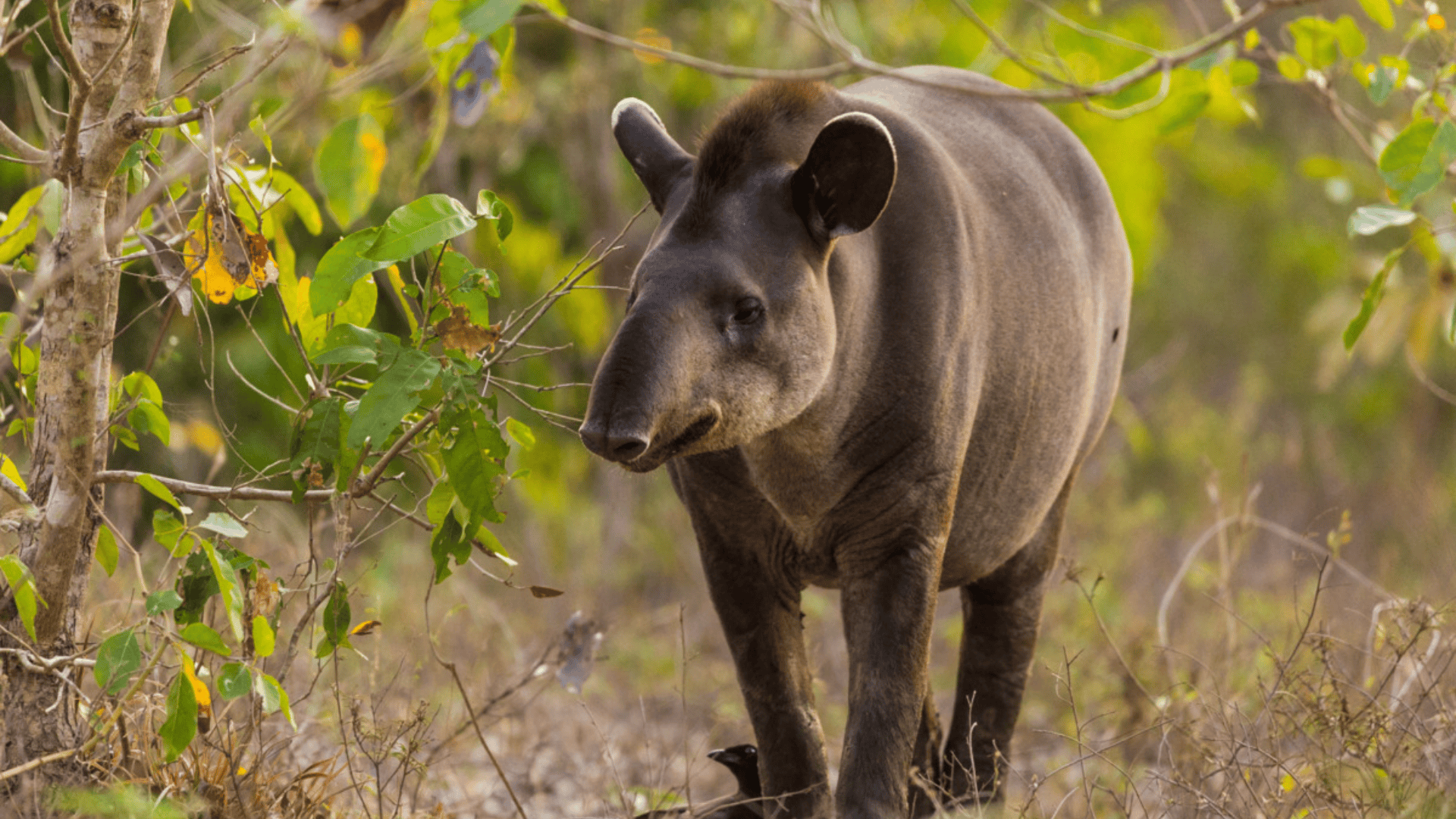
Tapirs are pig-shaped mammals with short, flexible trunks. They range in size from 300 to 700 pounds and are strong swimmers.
-
Region of Habitat: Central and South America, and Southeast Asia; rainforests, swamps, and grasslands.
-
Scientific Name: Tapirus spp.
-
Feeding Habits: Herbivorous; eats fruit, leaves, twigs, and aquatic vegetation.
-
What Sound They Make: Shrill whistles and squeals used to communicate in dense forest.
Fun Facts:
Tapirs are closely related to horses and rhinos. Babies have striped and spotted coats for camouflage.
5. Tasmanian Devil
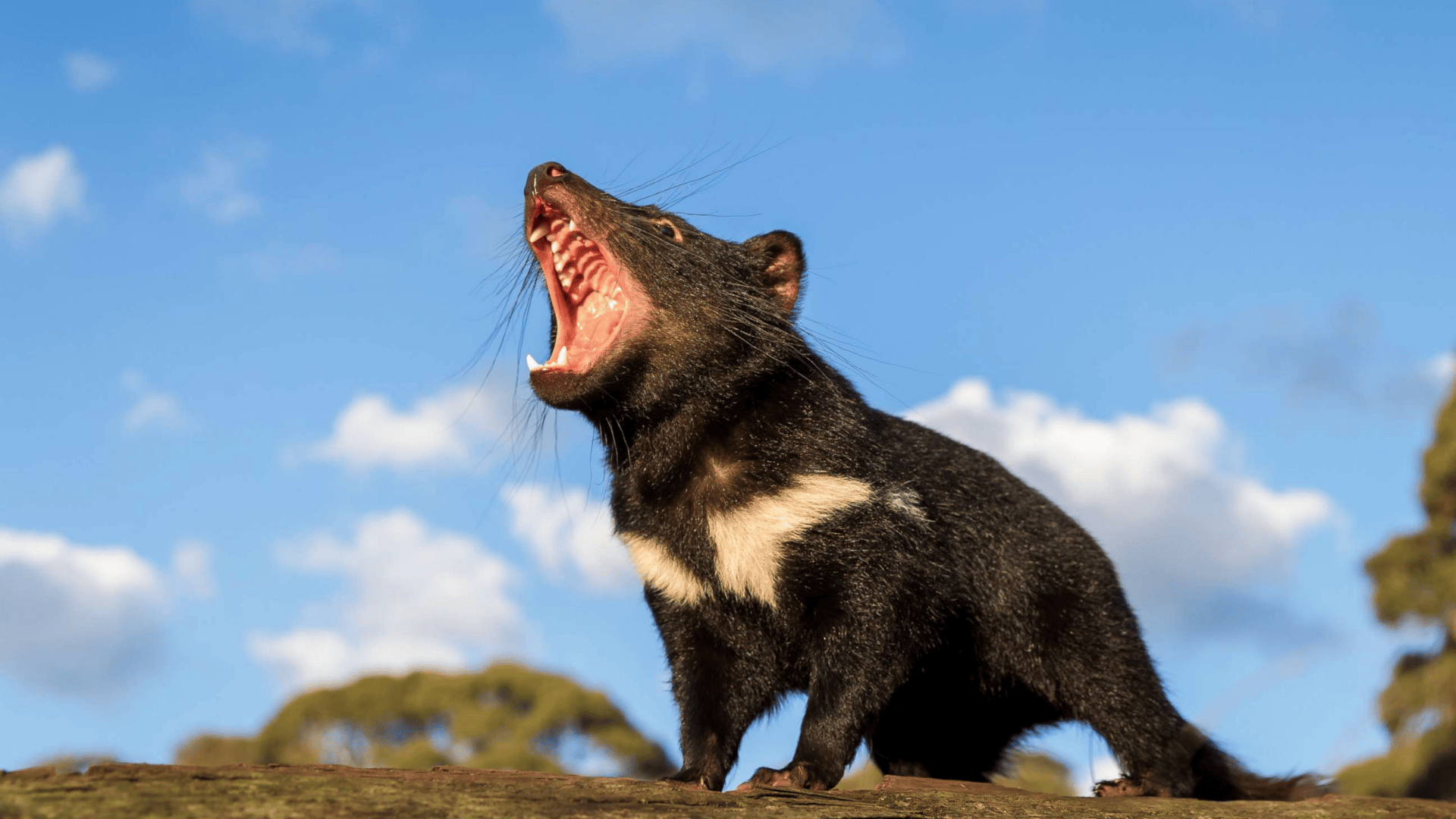
This stocky, muscular marsupial has black fur, sharp teeth, and a wide mouth. It is roughly the size of a small dog.
-
Region of Habitat: Endemic to Tasmania; forests, woodlands, and coastal scrublands.
-
Scientific Name: Sarcophilus harrisii
-
Feeding Habits: Scavenger; feeds on carrion, small mammals, birds, and reptiles.
-
What Sound They Make: Growls, screeches, and eerie screams—especially during feeding.
Fun Facts:
They can eat nearly every part of a carcass, including bones. A contagious facial tumor disease threatens the species.
6. Tamaskan
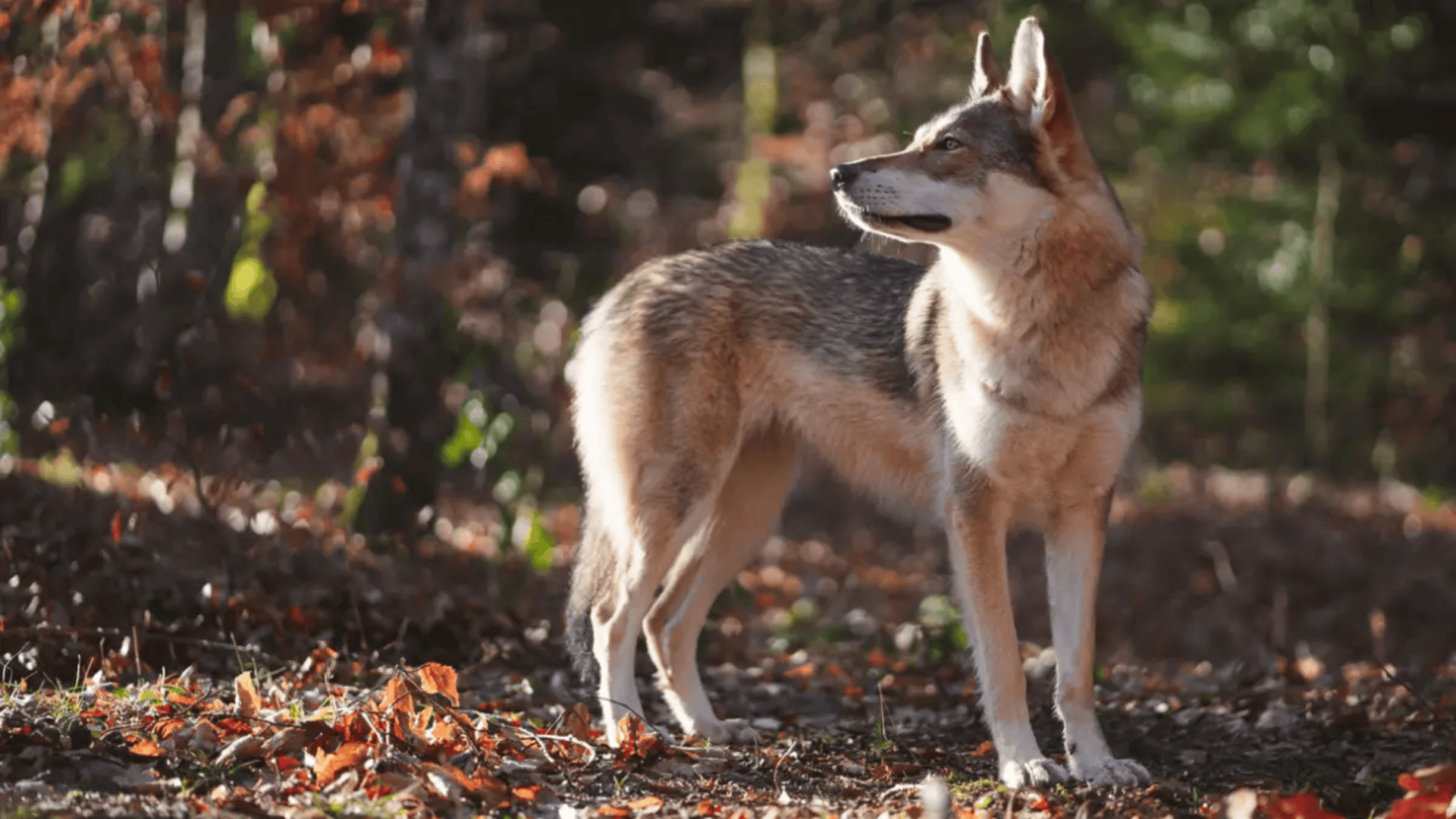
The Tamaskan is a wolf-like dog breed with a thick coat, upright ears, and a bushy tail. It is known for its strength and intelligence.
-
Region of Habitat: Domesticated; bred in Finland and popular in Europe and North America.
-
Scientific Name: Canis lupus familiaris
-
Feeding Habits: Carnivorous; fed on commercial dog food or raw diets.
-
What Sound They Make: Barks, howls, and growls; howling is more common than in most breeds.
Fun Facts:
Despite its appearance, it has no recent wolf ancestry. Excellent as sled dogs and family companions.
7. Tigon

A tigon is a hybrid cross between a male tiger and a female lion. It inherits traits from both parents, often smaller than lions or tigers.
-
Region of Habitat: Found only in captivity.
-
Scientific Name: Panthera tigris × Panthera leo
-
Feeding Habits: Carnivorous; fed on raw meat or prepared carnivore diets.
-
What Sound They Make: Roars, chuffs, and growls, similar to both parent species.
Fun Facts:
Tigons are typically sterile and are rarer than ligers (lion × tiger hybrids). They often inherit tiger stripes and lion manes.
8. Tibetan Mastiff

This large, powerful dog has a thick double coat and a lion-like mane. Males can weigh over 150 pounds.
-
Region of Habitat: Domesticated in Tibet, China, and worldwide; originally bred for guarding livestock in the Himalayas.
-
Scientific Name: Canis lupus familiaris
-
Feeding Habits: Carnivorous; eats high-protein dog food and meat.
-
What Sound They Make: Deep, resonant barking; used as an alert and deterrent.
Fun Facts:
Known for being fiercely protective. One Tibetan Mastiff reportedly sold for over $1.5 million in China.
9. Titi Monkey
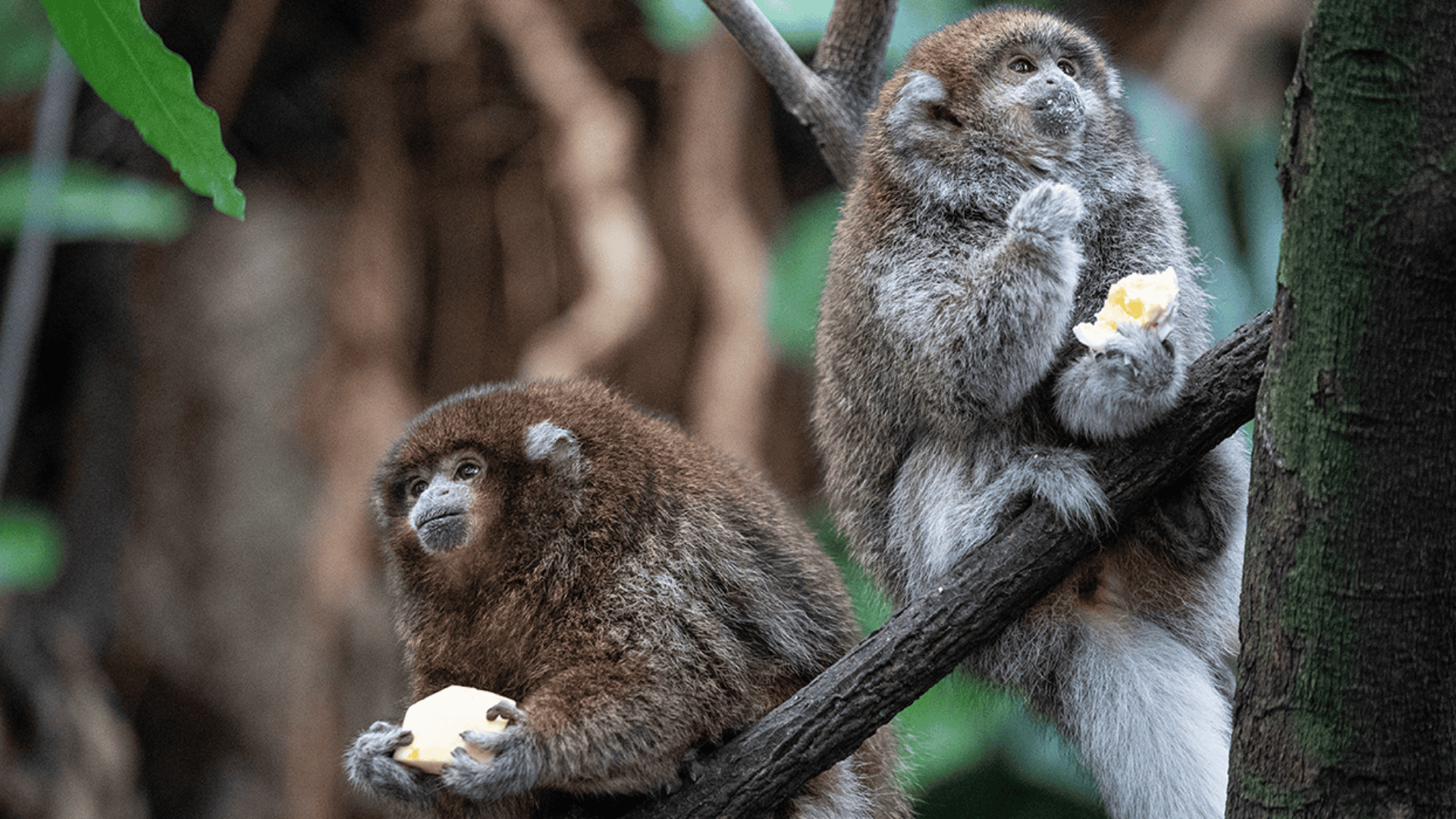
Titi monkeys are small primates with soft fur and long, bushy tails. They are known for their strong pair bonds.
-
Region of Habitat: South America; tropical forests and river edges.
-
Scientific Name: Callicebus spp.
-
Feeding Habits: Omnivorous; eats fruits, leaves, and insects.
-
What Sound They Make: Loud duets between pairs to defend territory.
Fun Facts:
Males are the primary caregivers for offspring. They often sit with tails entwined, a sign of affection.
10. Tree Kangaroo
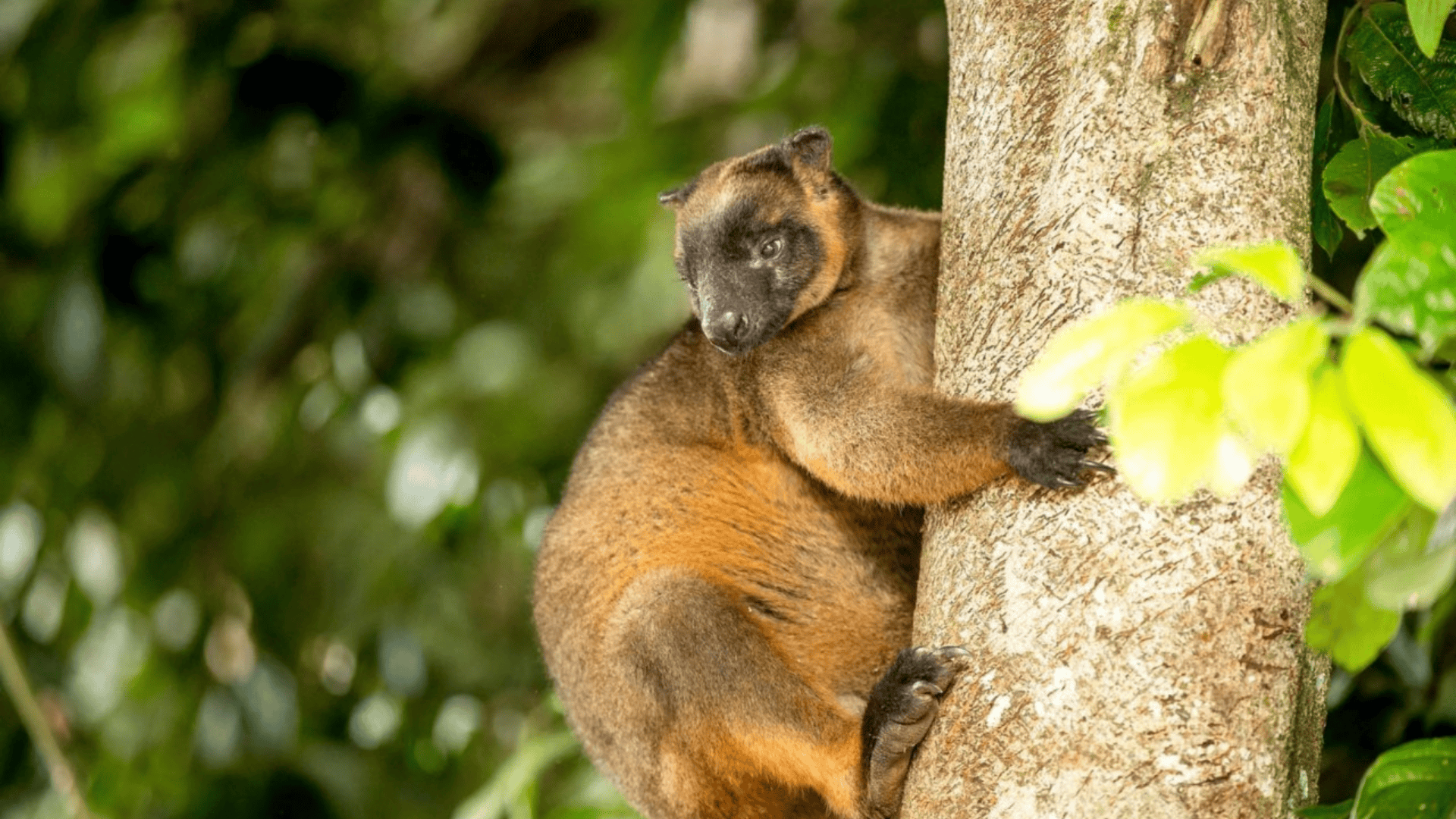
Unlike their ground-dwelling relatives, tree kangaroos have strong limbs and long tails for balance in the trees.
-
Region of Habitat: Rainforests of New Guinea and northeastern Australia.
-
Scientific Name: Dendrolagus spp.
-
Feeding Habits: Herbivorous; feeds on leaves, fruits, and flowers.
-
What Sound They Make: Grunts, clicks, and huffs; generally quiet.
Fun Facts:
They can leap down over 50 feet from trees without injury. Several species are endangered due to habitat loss.
11. Tiger
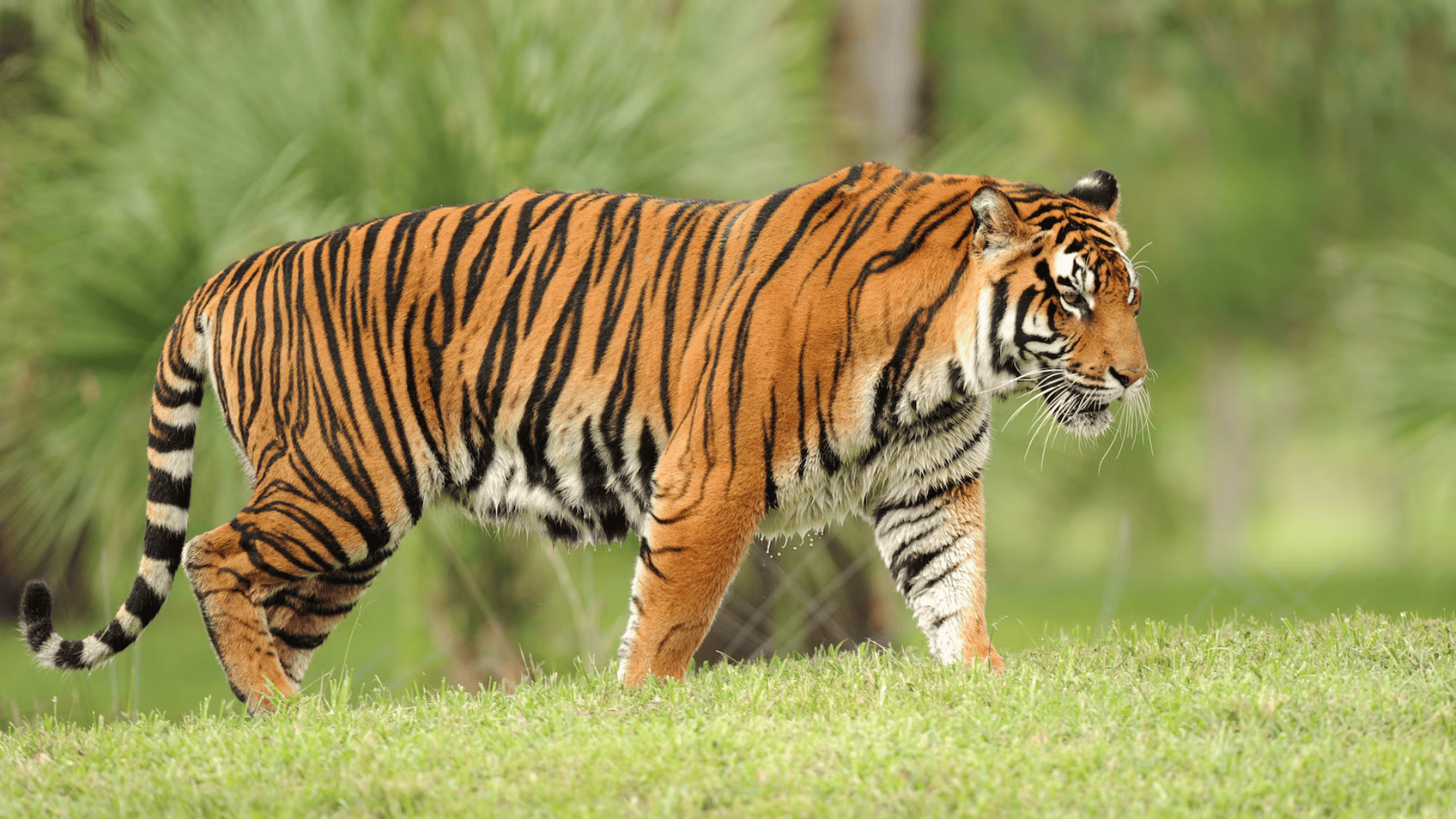
The Tiger is the largest wild feline, sporting a striking orange coat with dark vertical stripes and a white underbelly. Its muscular build and keen senses make it a top predator.
-
Region of Habitat: Native to Asia, including India, Nepal, Bangladesh, Russia (Siberia), and Southeast Asia; found in rainforests, mangroves, and grasslands.
-
Scientific Name: Panthera tigris
-
Feeding Habits: Carnivorous; hunts alone, preying on deer, boar, wild cattle, and occasionally smaller animals.
-
What Sound They Make: Roars (heard up to 2 miles away), chuffs (a friendly call), growls, and hisses for territory or warning.
Fun Facts:
Tigers are excellent swimmers and enjoy water, unlike most big cats. Each tiger’s stripe pattern is unique, serving as a form of camouflage and identification.
12. Terrier

Terriers are a group of dog breeds known for their energetic personalities and wiry coats. Sizes vary widely.
-
Region of Habitat: Domesticated worldwide.
-
Scientific Name: Canis lupus familiaris
-
Feeding Habits: Carnivorous; typical dog diet of kibble or wet food.
-
What Sound They Make: Sharp, frequent barks; especially vocal.
Fun Facts:
Originally bred to hunt vermin. Some breeds like the Jack Russell are known for their intelligence and high energy.
13. Toy Poodle

This small dog is part of the poodle family, known for curly hypoallergenic fur and high intelligence.
-
Region of Habitat: Domesticated globally.
-
Scientific Name: Canis lupus familiaris
-
Feeding Habits: Eats dry food and homemade meals suited for small dogs.
-
What Sound They Make: Yips, barks, and sometimes whines when playful.
Fun Facts:
Highly trainable and popular in dog sports. Poodles were originally bred as water retrievers.
14. Turkish Angora
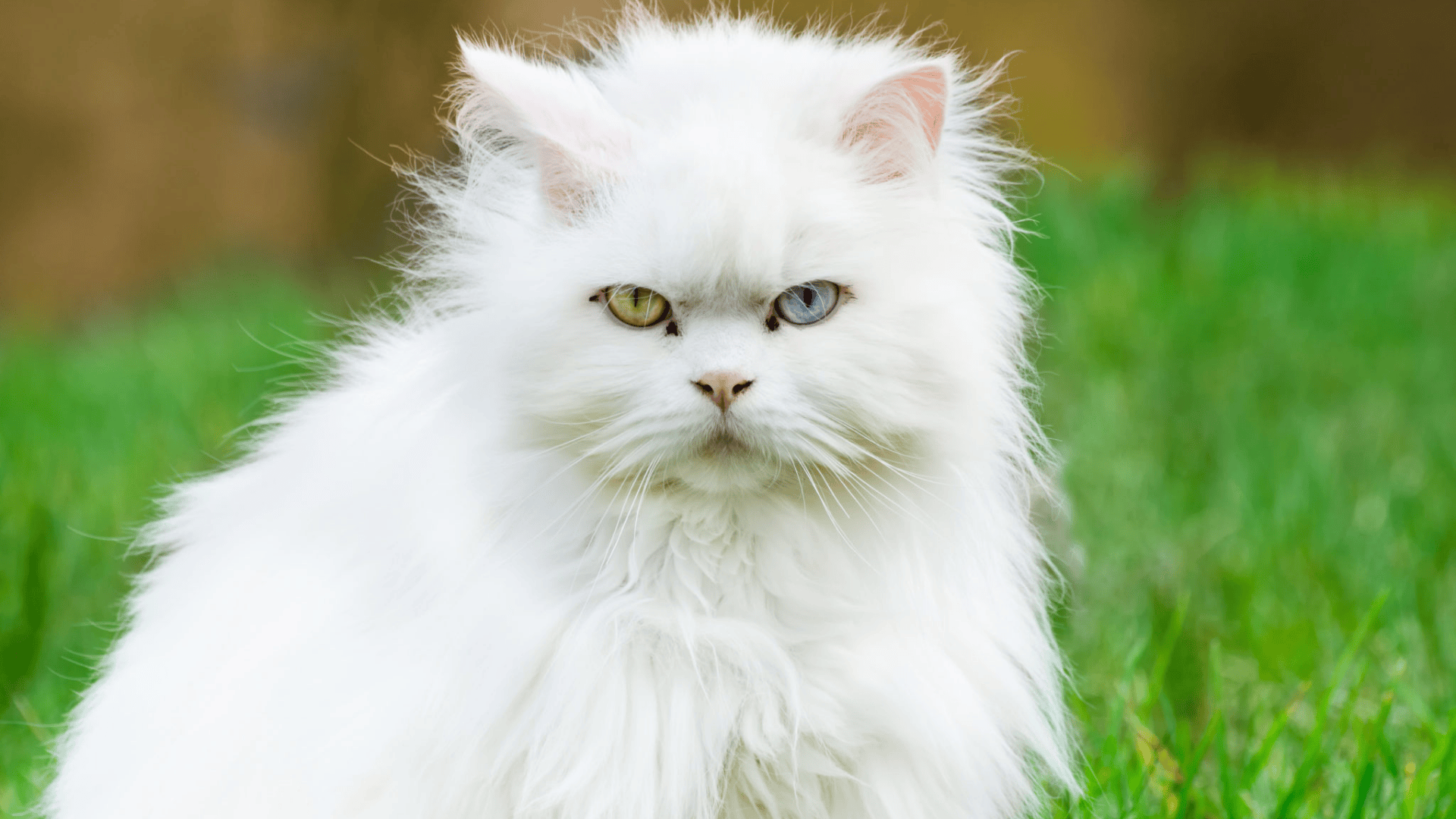
A medium-sized cat with a silky, long coat and striking almond-shaped eyes. Often white but comes in many colors.
-
Region of Habitat: Domesticated worldwide; originated in Turkey.
-
Scientific Name: Felis catus
-
Feeding Habits: Carnivorous; eats commercial cat food and occasional meat.
-
What Sound They Make: Soft meows, chirps, and purrs.
Fun Facts:
One of the oldest cat breeds. Often deaf if white with blue eyes, due to genetic traits.
15. Teacup Chihuahua

A miniature version of the standard Chihuahua, with big round eyes and a compact frame under 5 pounds.
-
Region of Habitat: Domesticated worldwide.
-
Scientific Name: Canis lupus familiaris
-
Feeding Habits: Eats soft kibble or wet food for toy breeds.
-
What Sound They Make: High-pitched barking and whining.
Fun Facts:
Not a separate breed—just a small-sized Chihuahua. Known for being brave and fiercely loyal.
16. Teddy Bear Hamster

A long-haired Syrian hamster with a fluffy coat and gentle demeanor, ideal for pet owners.
-
Region of Habitat: Domesticated worldwide; wild ancestors from Syria.
-
Scientific Name: Mesocricetus auratus
-
Feeding Habits: Omnivorous; eats grains, seeds, veggies, and protein snacks.
-
What Sound They Make: Squeaks, chirps, and hisses when startled.
Fun Facts:
Solitary by nature; must be housed alone. Their cheek pouches can expand to store food.
17. Tenrec

Small insectivorous mammals that resemble hedgehogs or shrews, found only in Madagascar and parts of Africa.
-
Region of Habitat: Madagascar and some parts of mainland Africa.
-
Scientific Name: Tenrecidae
-
Feeding Habits: Eats insects, worms, and fruit.
-
What Sound They Make: Clicks, squeaks, and huffs.
Fun Facts:
Some species use echolocation—rare among mammals. They can enter torpor to survive droughts.
18. Tosa

A Japanese dog breed originally developed for dog fighting; large and muscular, weighing up to 200 pounds.
-
Region of Habitat: Domesticated in Japan; regulated in many countries.
-
Scientific Name: Canis lupus familiaris
-
Feeding Habits: Carnivorous; high-protein diets needed.
-
What Sound They Make: Deep barks and growls; typically calm and quiet.
Fun Facts:
Illegal to own in some countries due to its strength. Calm and loyal when trained properly.
19. Tapanuli Orangutan
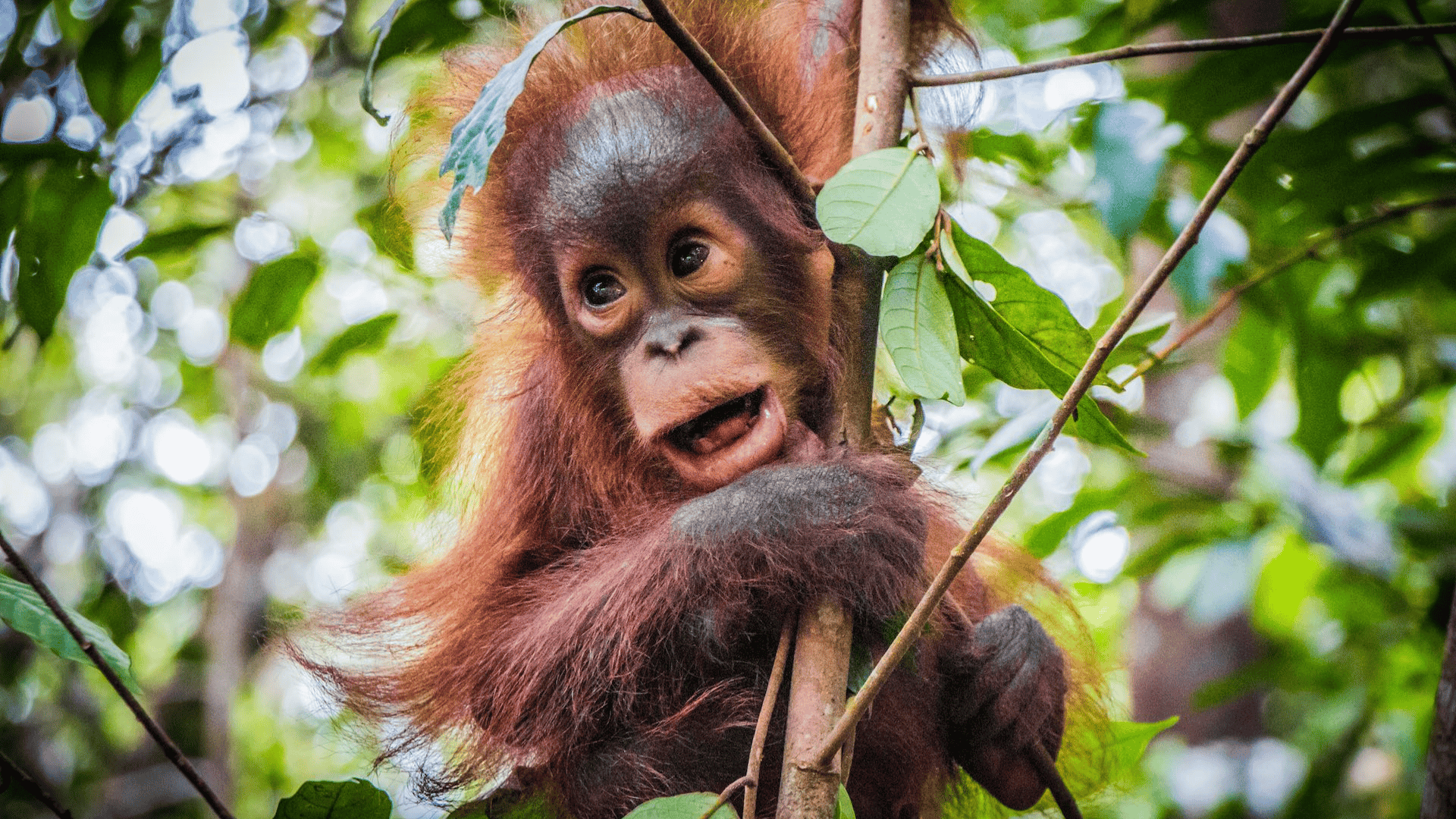
A newly identified and critically endangered species of orangutan, characterized by frizzier hair and smaller skulls.
-
Region of Habitat: Tapanuli region, Northern Sumatra, Indonesia; tropical montane forests.
-
Scientific Name: Pongo tapanuliensis
-
Feeding Habits: Frugivorous; eats fruits, leaves, and occasional insects.
-
What Sound They Make: Long calls by males; grunts and squeaks.
Fun Facts:
Discovered as a distinct species in 2017. Fewer than 800 remain in the wild.
20. Tibetan Fox
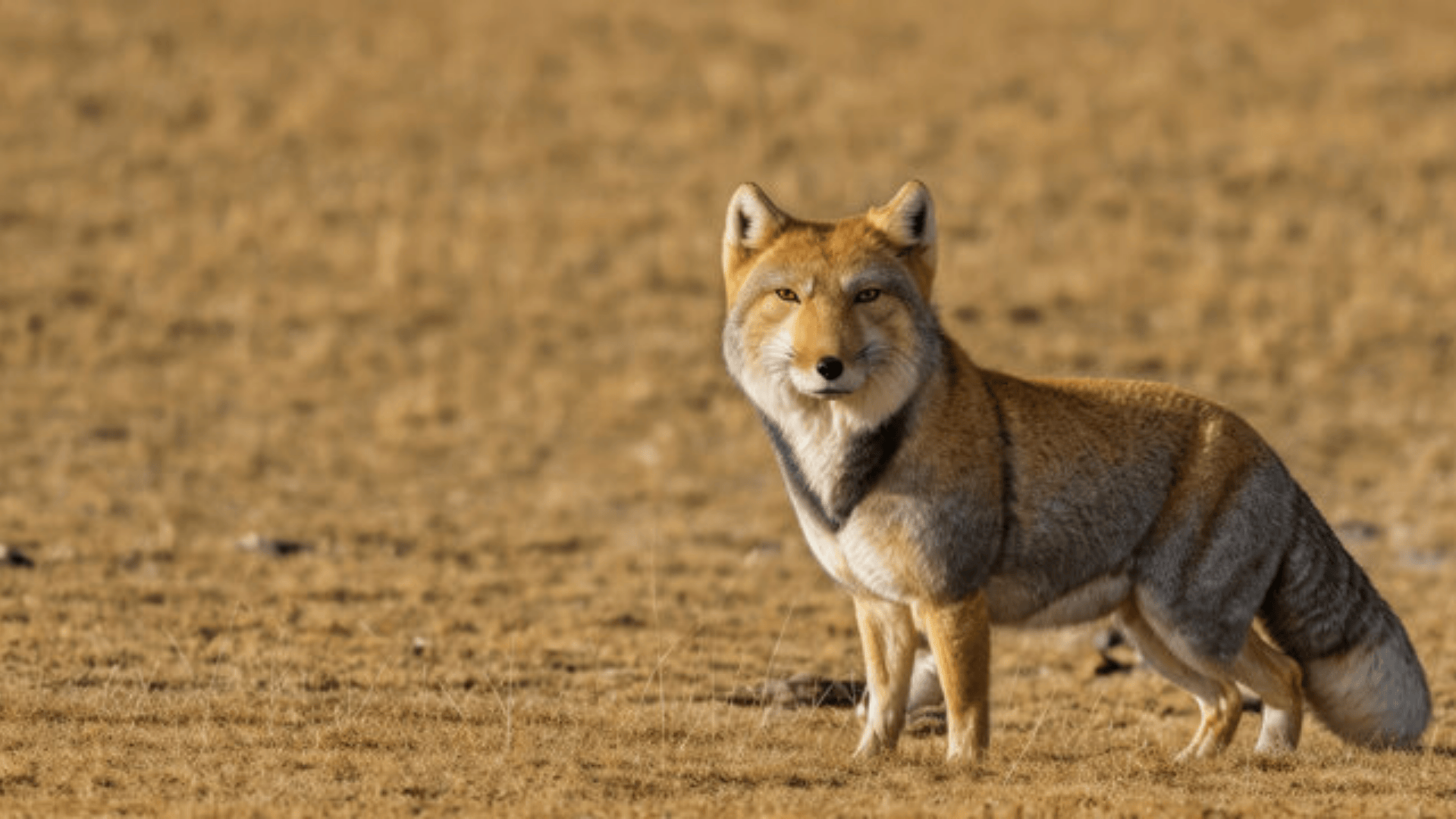
The Tibetan Fox is a small to medium-sized canid with a distinctive square-shaped head, narrow eyes, and a thick, bushy tail. Its coat is tan to gray with pale underparts, helping it blend into the grassy plateaus of its native range.
-
Region of Habitat: Tibetan Plateau and surrounding areas in China, Nepal, Bhutan, and northern India; typically found in high-altitude grasslands and semi-arid regions.
-
Scientific Name: Vulpes ferrilata
-
Feeding Habits: Carnivorous; primarily hunts pikas, rodents, and hares, and occasionally scavenges on carcasses.
-
What Sound They Make: Usually quiet, but may bark or yip during communication or mating.
Fun Facts:
Their “grumpy” facial expression is due to their unique jaw and eye shape, making them a viral meme in wildlife photography.
21. Taco Terrier

The Taco Terrier is a small designer dog breed, a mix between a Toy Fox Terrier and a Chihuahua. It has a compact build, erect ears, and a short, smooth coat.
-
Region of Habitat: Domesticated worldwide; especially popular in the United States.
-
Scientific Name: Canis lupus familiaris
-
Feeding Habits: Eats high-quality small-breed kibble and occasional wet food.
-
What Sound They Make: High-pitched barks, yips, and alert yowls.
Fun Facts:
Taco Terriers are extremely alert and make excellent watchdogs. Despite their tiny size, they are full of energy and have strong personalities.
22. Tamarin Monkey
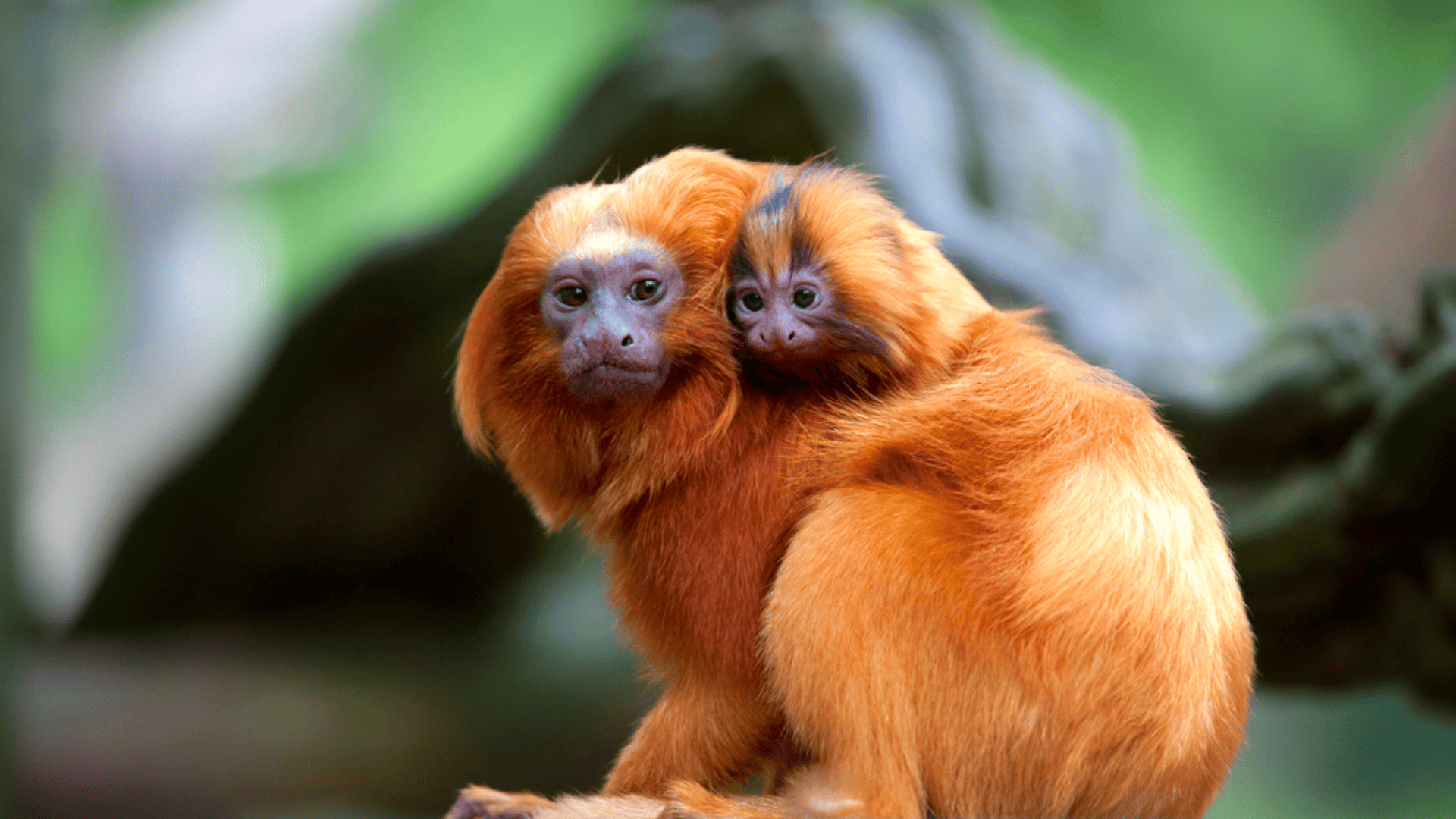
Tamarin monkeys are tiny, colorful primates with long tails and expressive faces—some sporting impressive mustaches or fluffy manes.
-
Region of Habitat: Tropical forests of Central and South America.
-
Scientific Name: Saguinus spp.
-
Feeding Habits: Omnivorous; feeds on fruits, flowers, insects, nectar, and small animals.
-
What Sound They Make: Trills, chirps, and high-pitched alarm calls.
Fun Facts:
Tamarins live in cooperative groups and often share childcare duties. Some species, like the emperor tamarin, are named for their mustache-like whiskers.
23. Teacup Maltese

The Teacup Maltese is a miniature version of the traditional Maltese dog, often weighing under 5 pounds, with a flowing white coat and black eyes.
-
Region of Habitat: Domesticated globally; especially popular as a companion dog.
-
Scientific Name: Canis lupus familiaris
-
Feeding Habits: Eats premium toy-breed kibble and requires small, frequent meals.
-
What Sound They Make: Yappy barks and playful yips.
Fun Facts:
Although marketed as a “teacup,” this is not an officially recognized size variant. They’re known for being affectionate lap dogs and alert little companions.
24. Teacup Miniature Horse
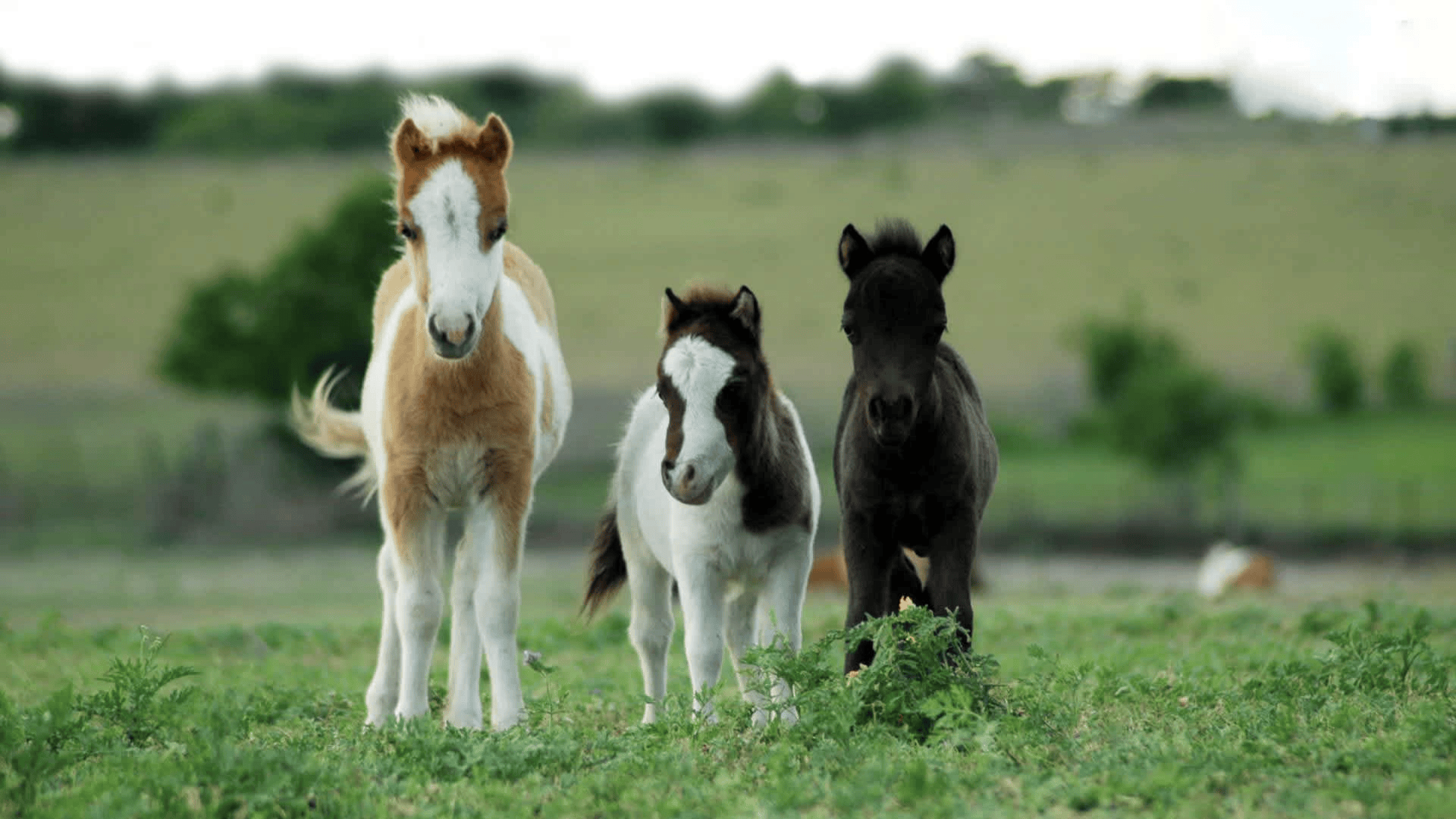
The Teacup Miniature Horse is a very small version of the miniature horse, typically under 30 inches tall. It resembles a full-sized horse in every way but scaled down.
-
Region of Habitat: Domesticated worldwide; commonly found on farms and ranches.
-
Scientific Name: Equus ferus caballus
-
Feeding Habits: Grazes on hay and grass; also eats grains and supplements in small portions.
-
What Sound They Make: Whinnies, snorts, and neighs.
Fun Facts:
Teacup mini horses are often used as therapy animals. They’re not suitable for riding but excel at companionship and show work.
25. Teacup Poodle

This extremely small version of the toy poodle weighs under 5 pounds and features curly, hypoallergenic fur and a highly trainable personality.
-
Region of Habitat: Domesticated worldwide; bred primarily in the U.S. and Europe.
-
Scientific Name: Canis lupus familiaris
-
Feeding Habits: Requires high-protein diets and small, frequent meals tailored for toy breeds.
-
What Sound They Make: Barks, whines, and excited yips.
Fun Facts:
Despite their size, teacup poodles are highly intelligent and agile. They often excel in tricks and obedience. Due to their delicate frame, they require gentle handling.
Other T-Mammals You Can Spot Around You!
26. Teddy Guinea Pig
27. Teddy Roosevelt Terrier
28. Tennessee Walking Horse
29. Tenterfield Terrier
30. Timber Wolf
31. Toy Fox Terrier
32. Transylvanian Hound
33. Treeing Tennessee Brindle
34. Treeing Walker Coonhound
35. Tundra Wolf
Wrapping It Up!
From critically endangered species like the Tapanuli Orangutan, which has fewer than 800 individuals remaining, to popular pets found in millions of homes worldwide, these mammals fill unique ecological niches and cultural roles.
Many face conservation challenges due to habitat loss and human encroachment, while others have adapted to thrive alongside us.
Suppose you’re charmed by the Tibetan Fox’s distinctive square face, the Tamarin’s cooperative parenting, or the Tasmanian Devil’s powerful jaws.
In that case, we hope this guide has deepened your appreciation for these remarkable creatures.
Next time you encounter one of these T-named mammals in a zoo, wildlife documentary, or perhaps even in your own home, you’ll have a better understanding of what makes them special.
If you’re interested in more informative animal and wildlife content, feel free to click here and explore other blogs that you might enjoy!


